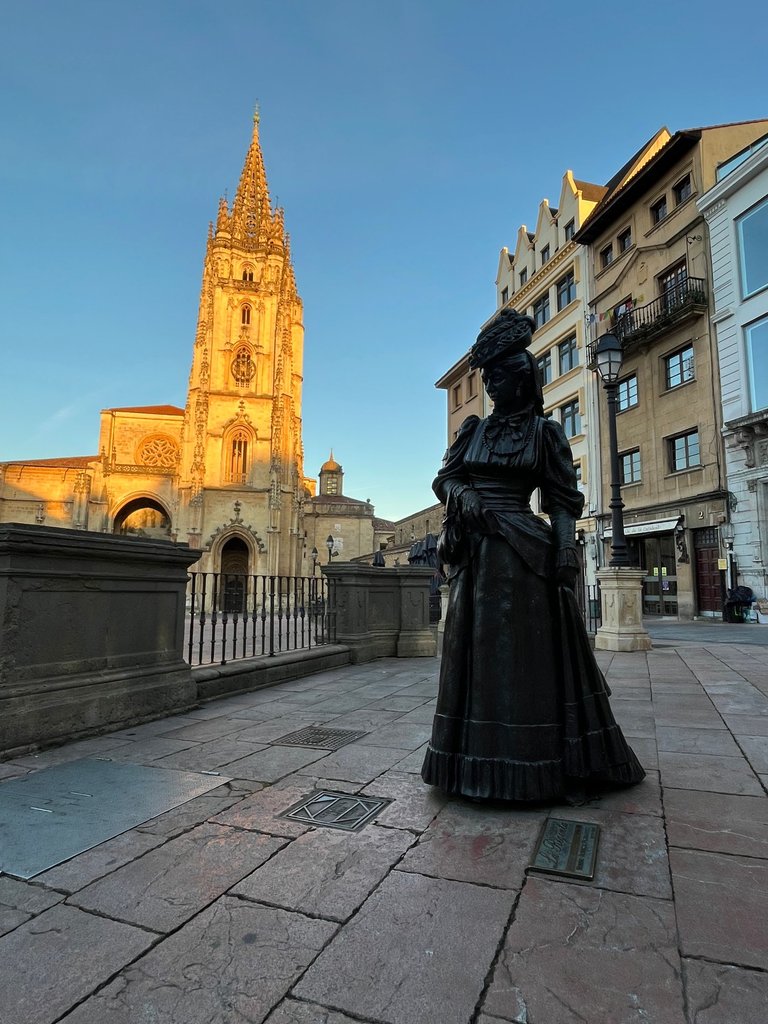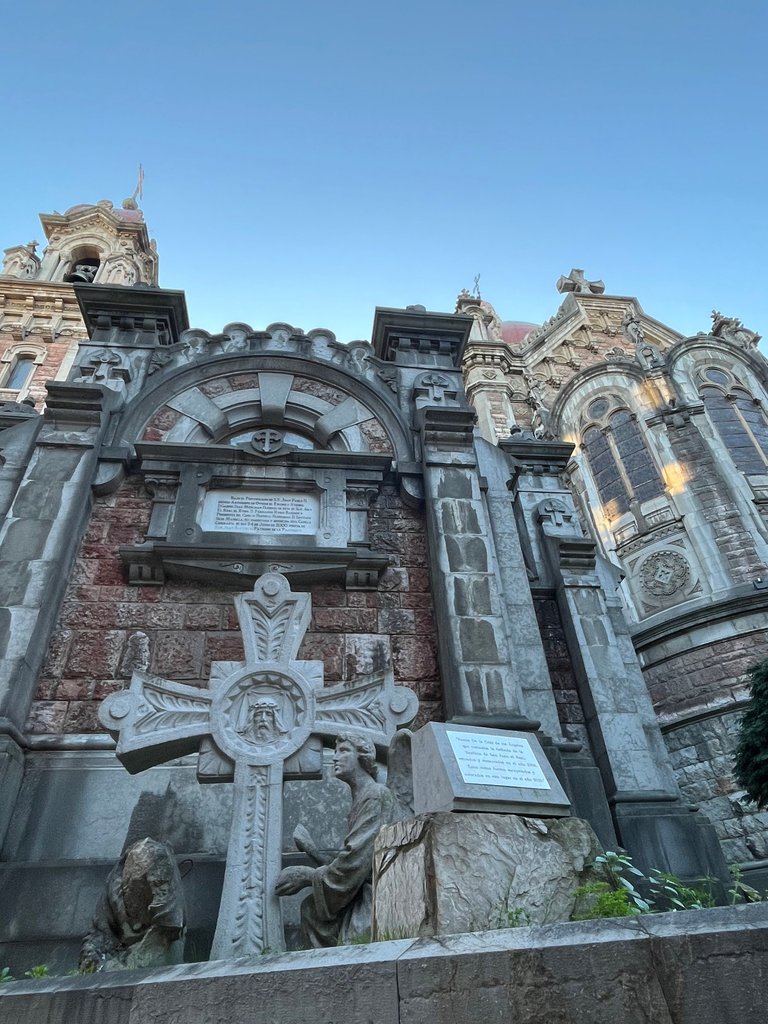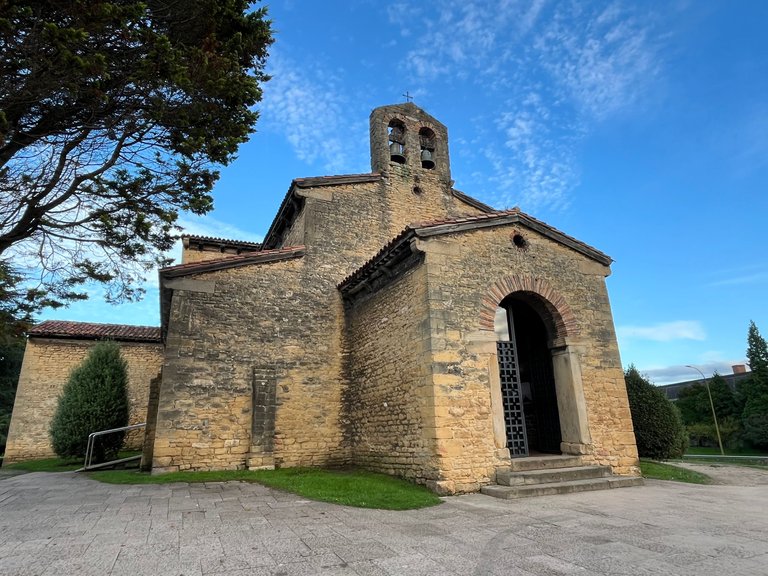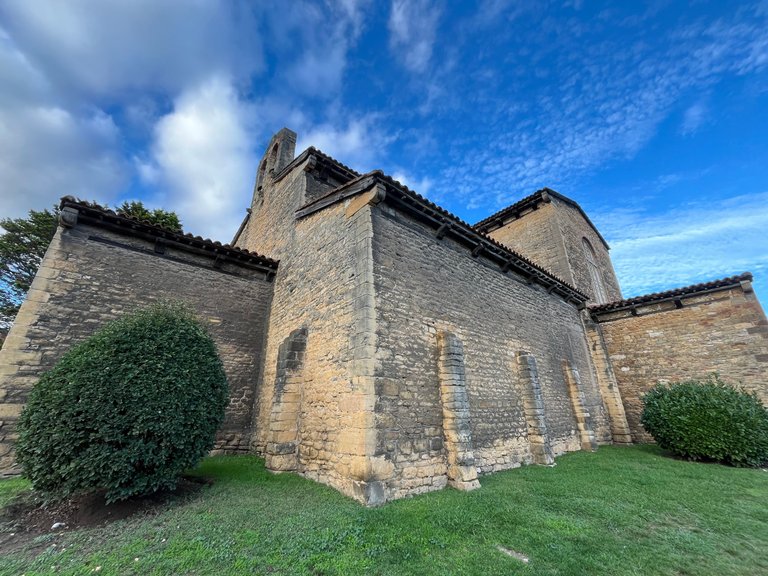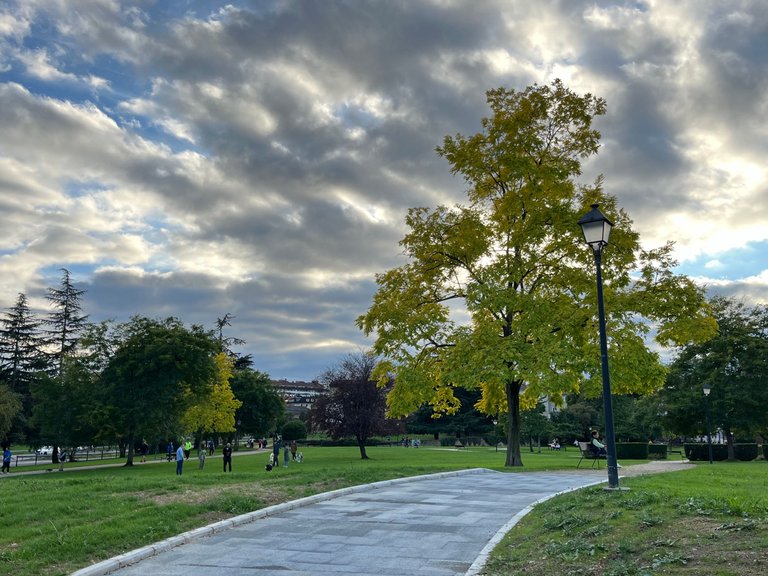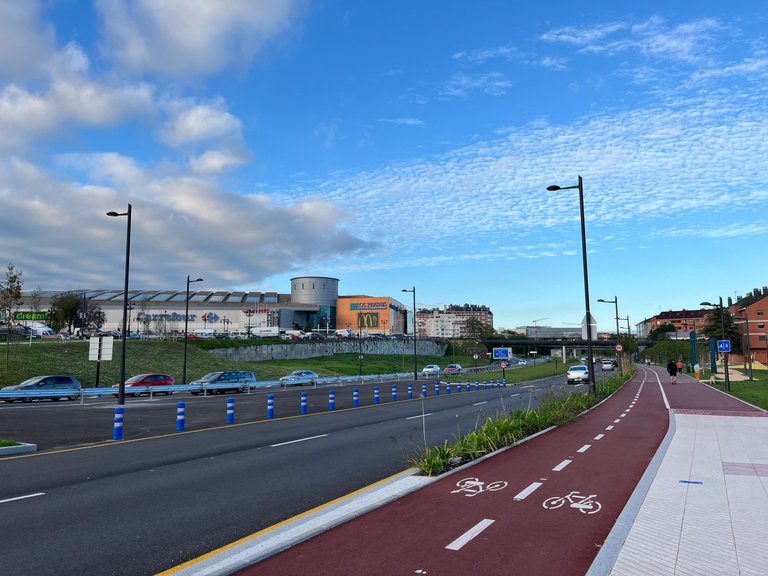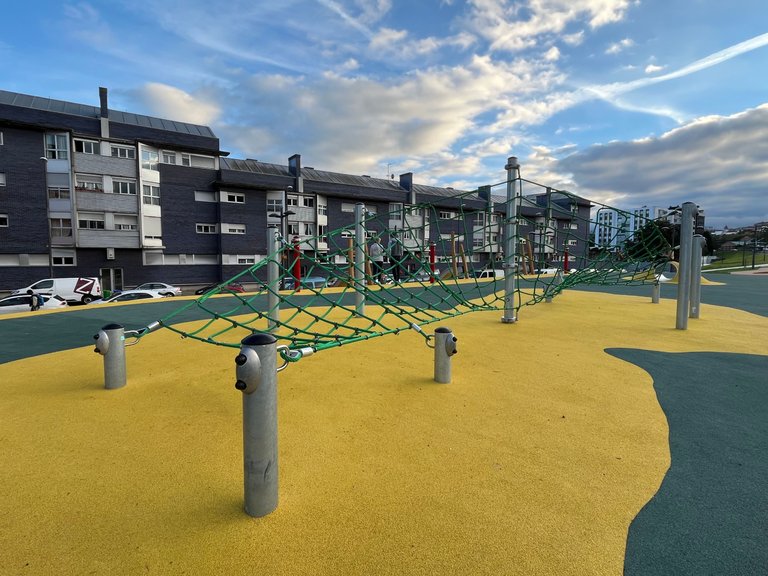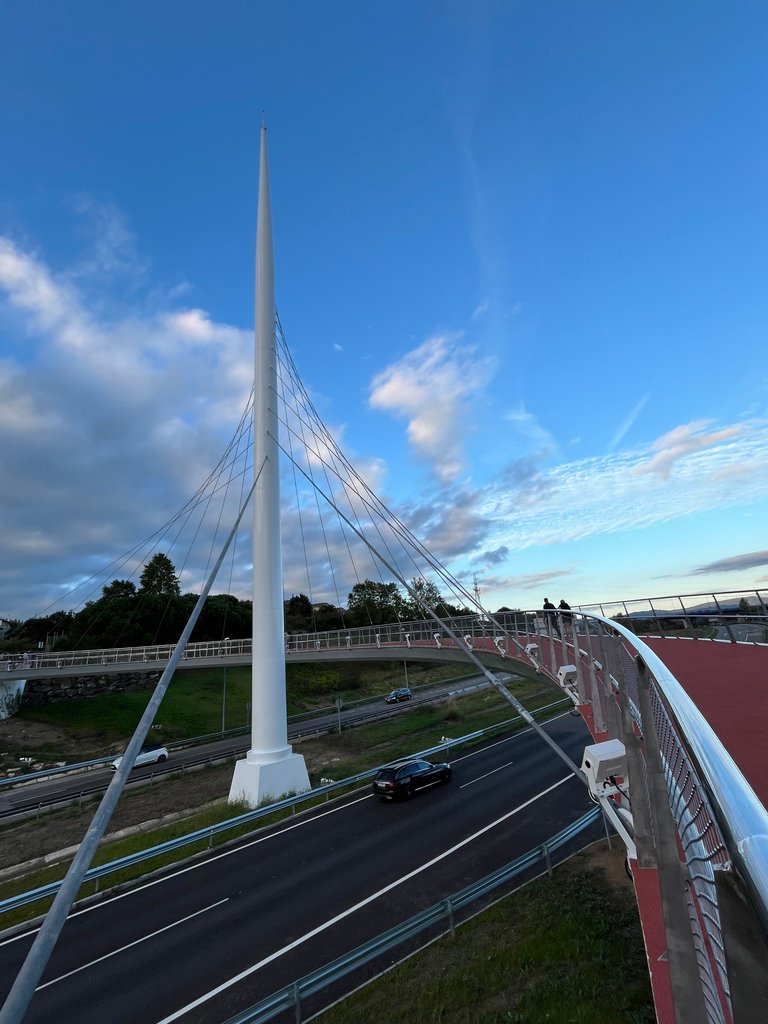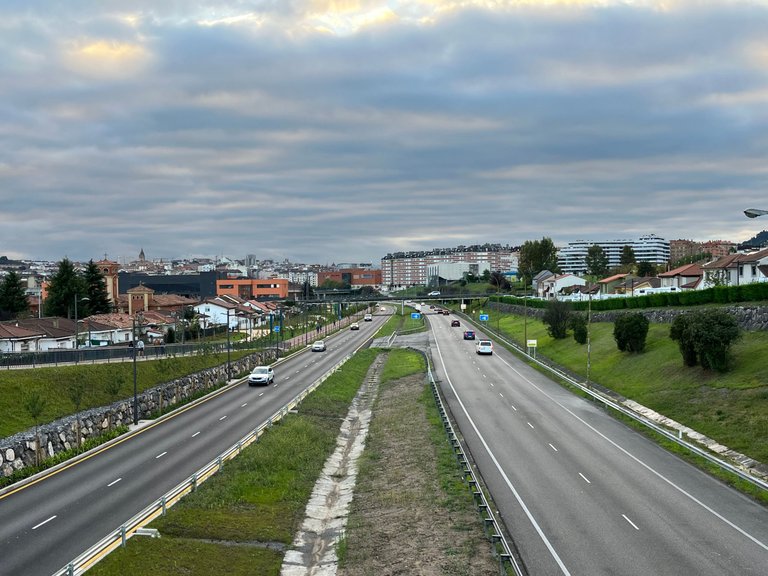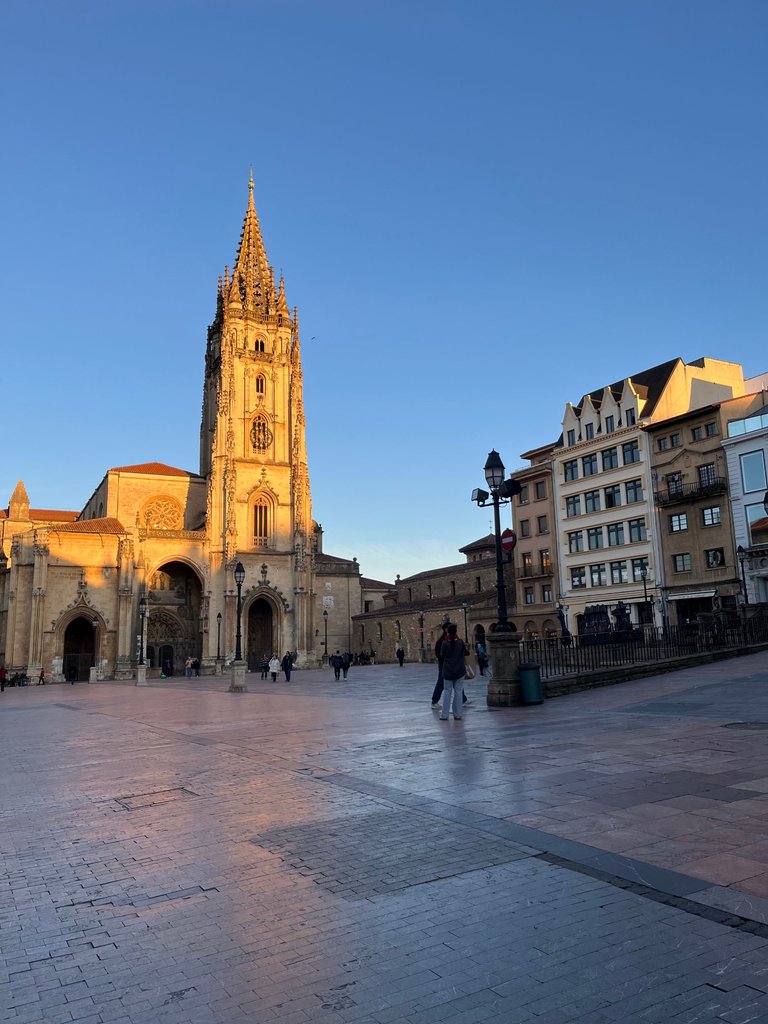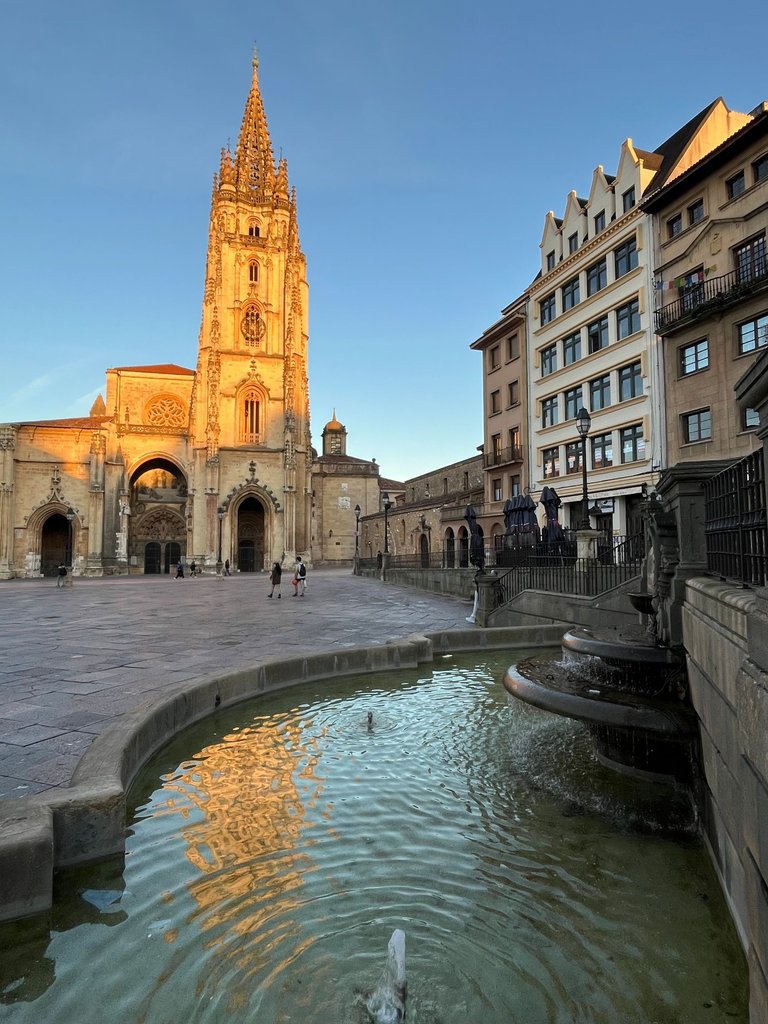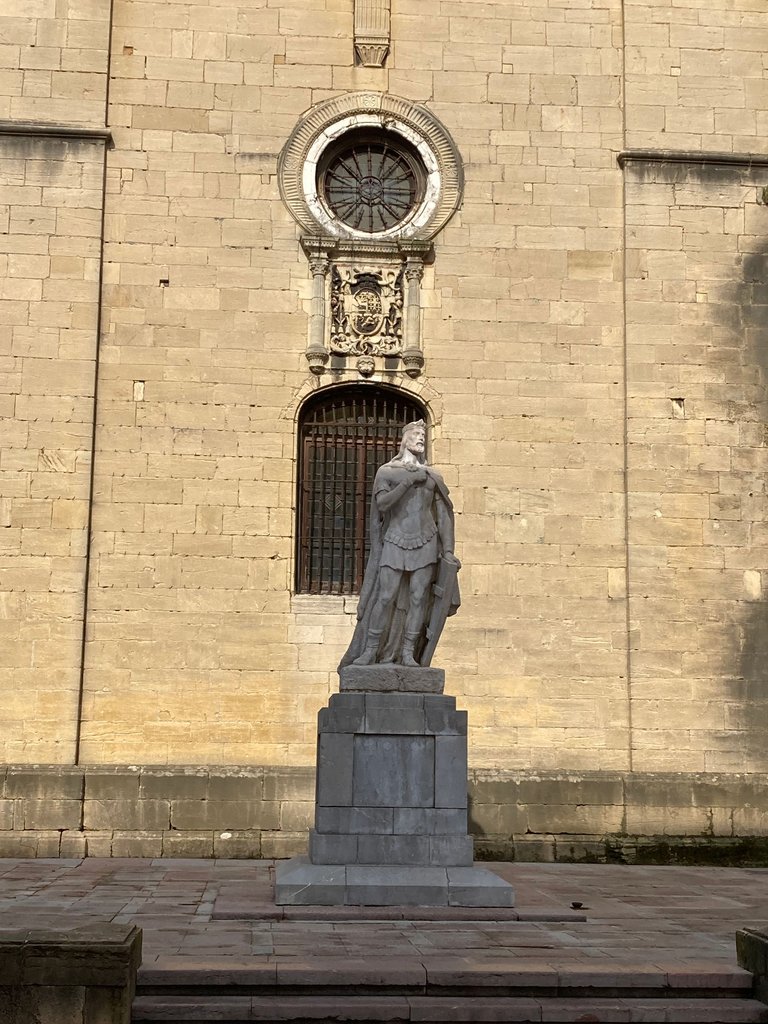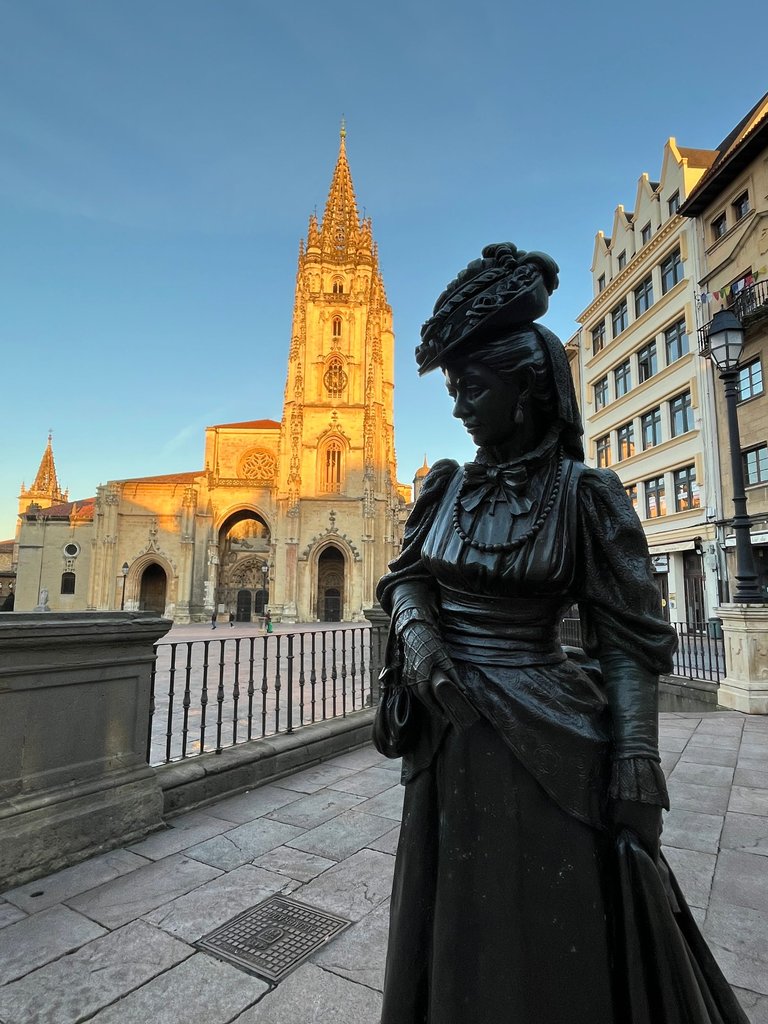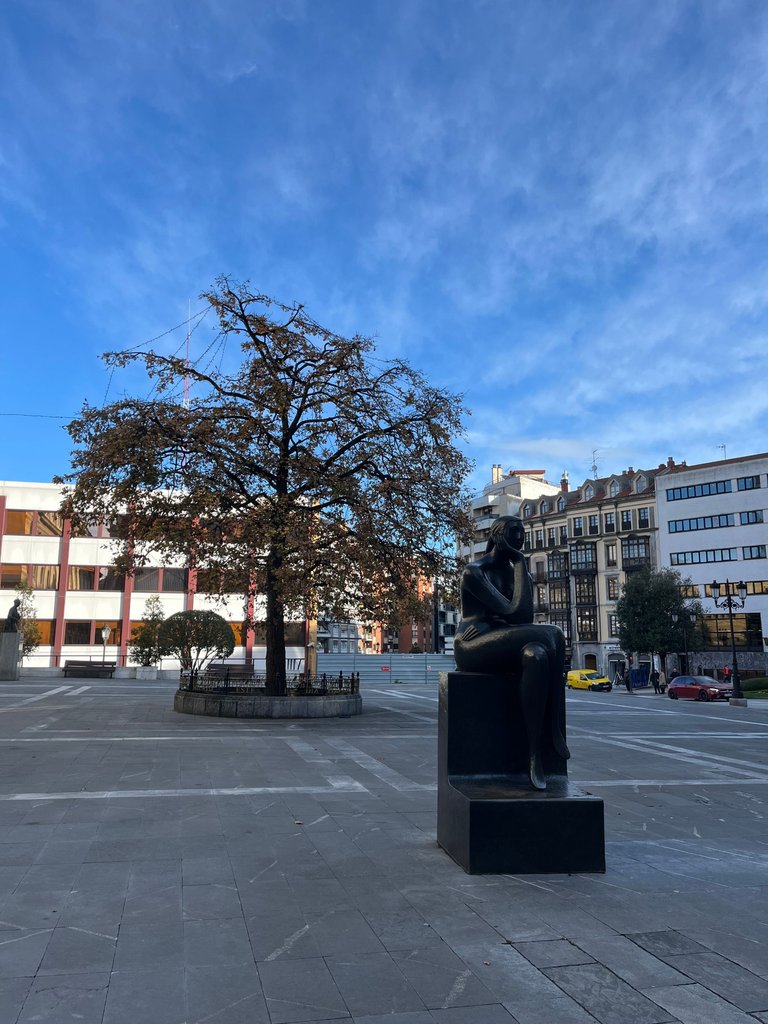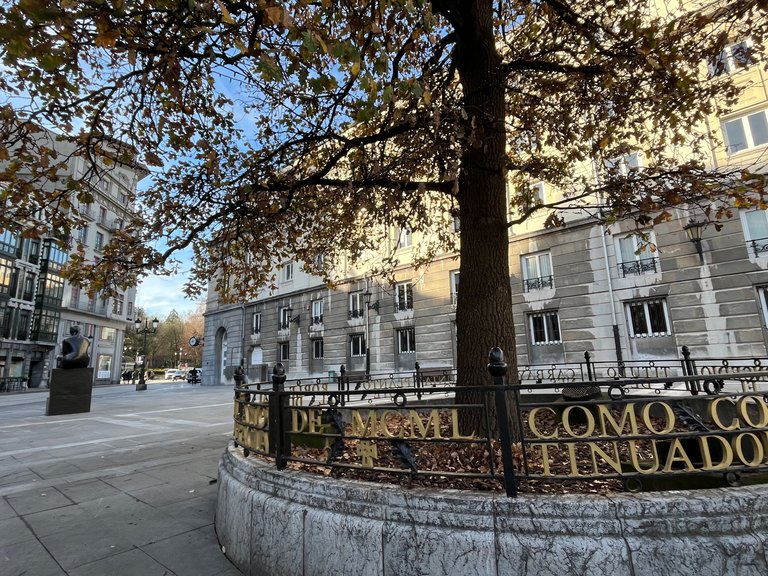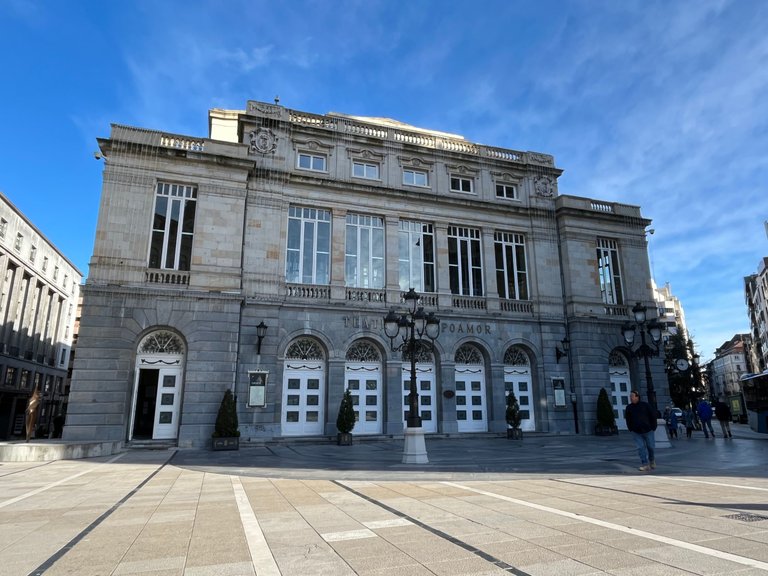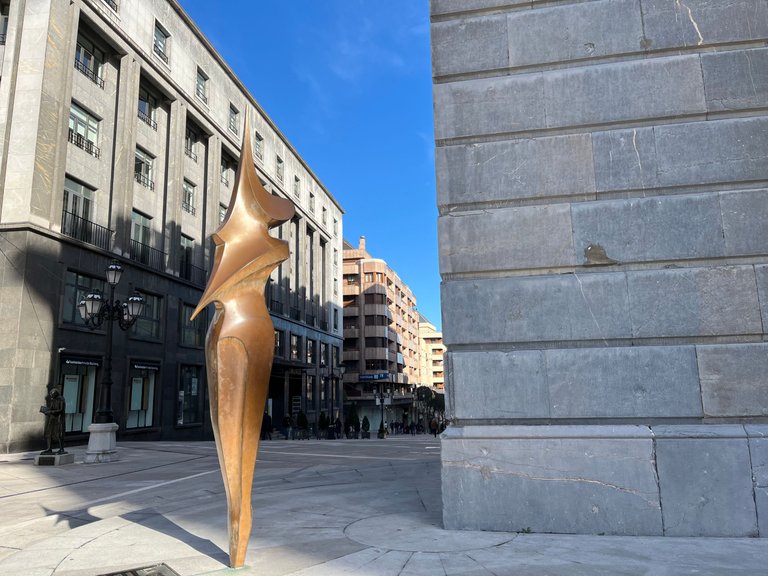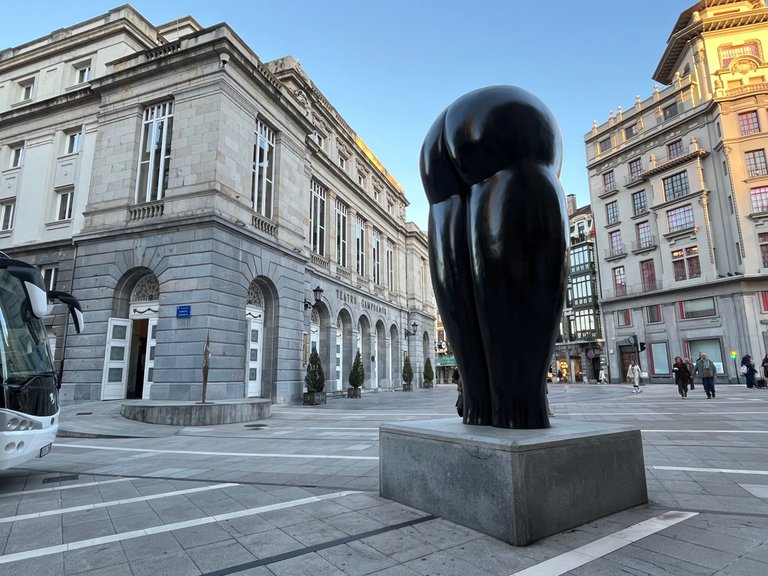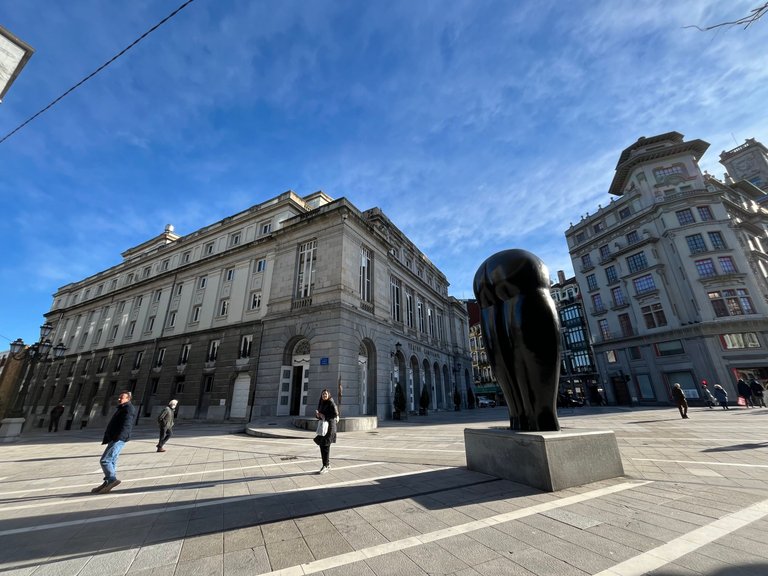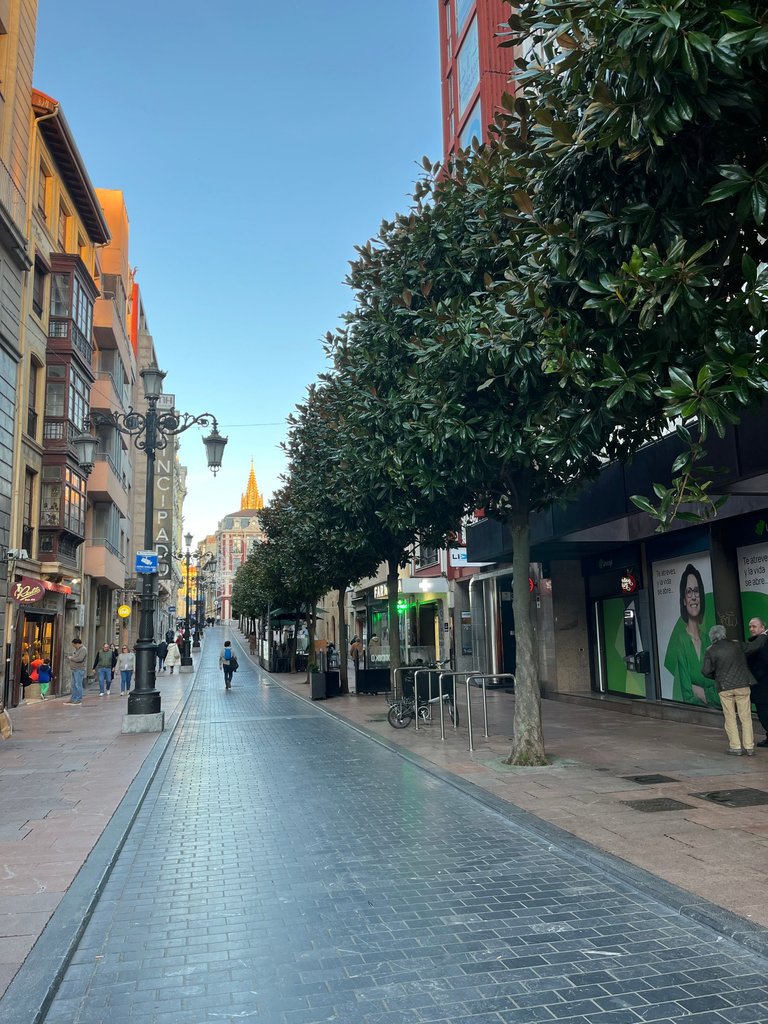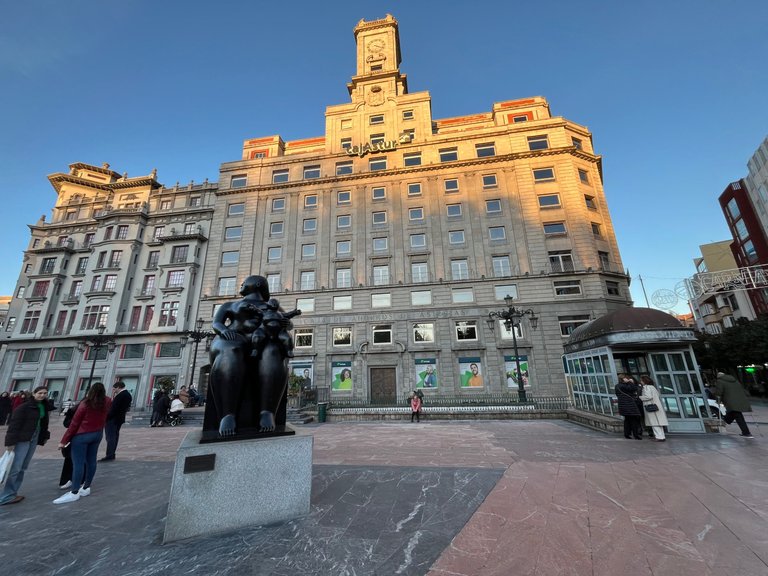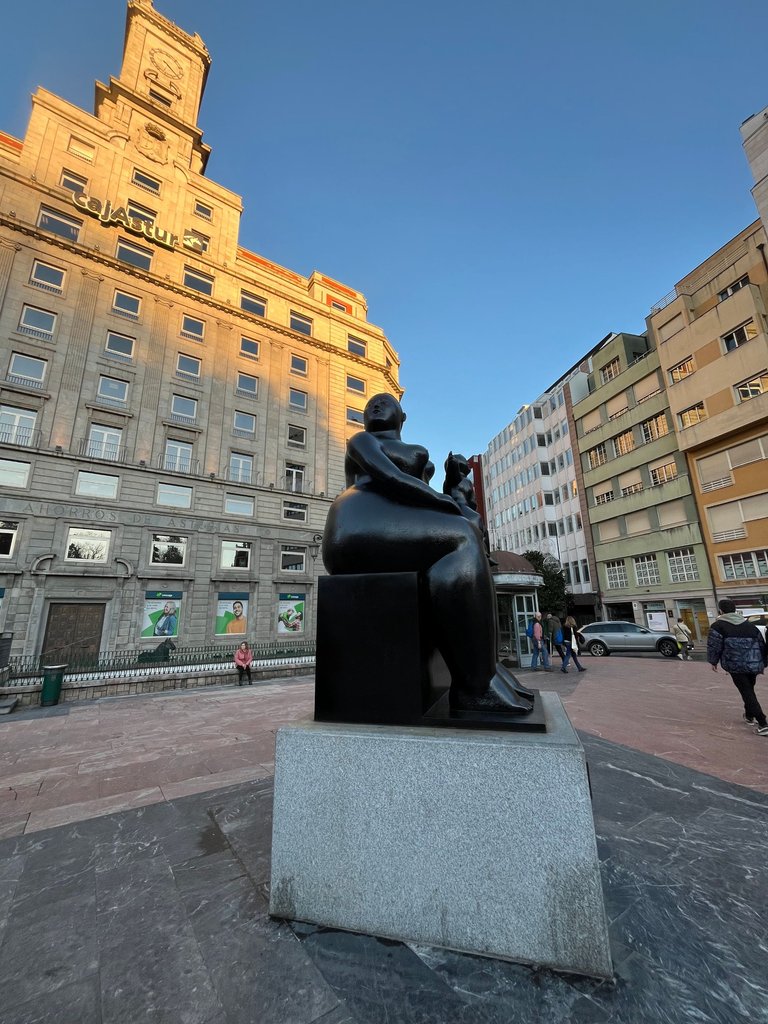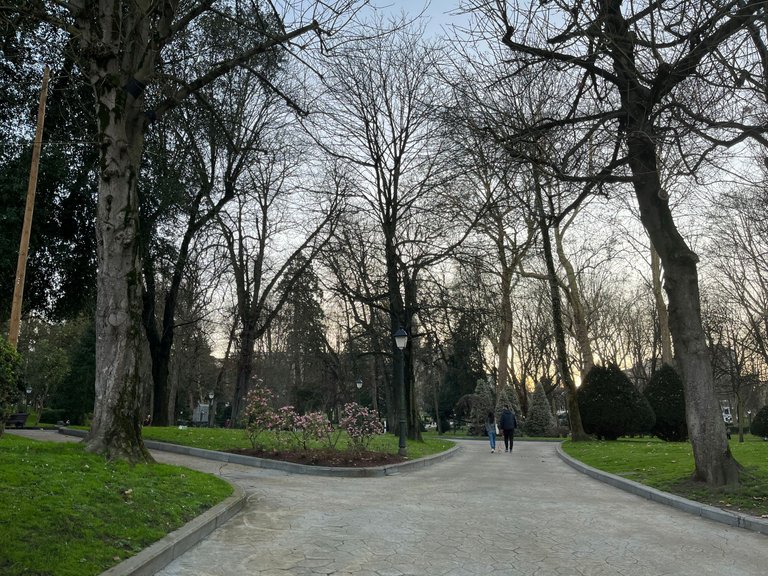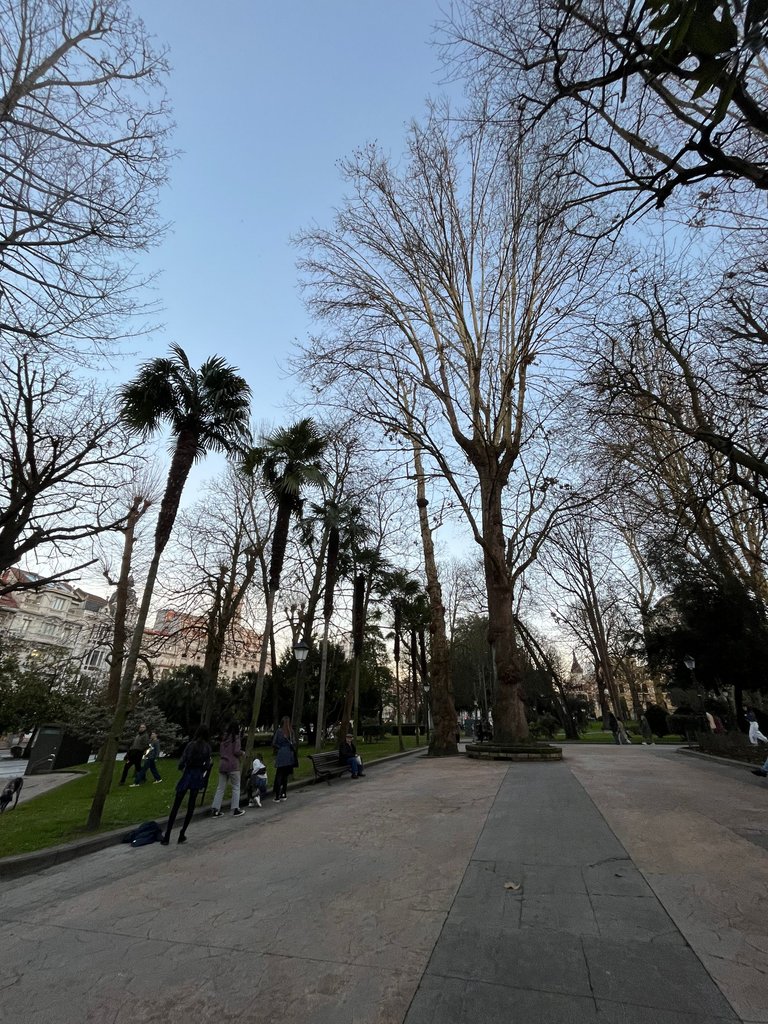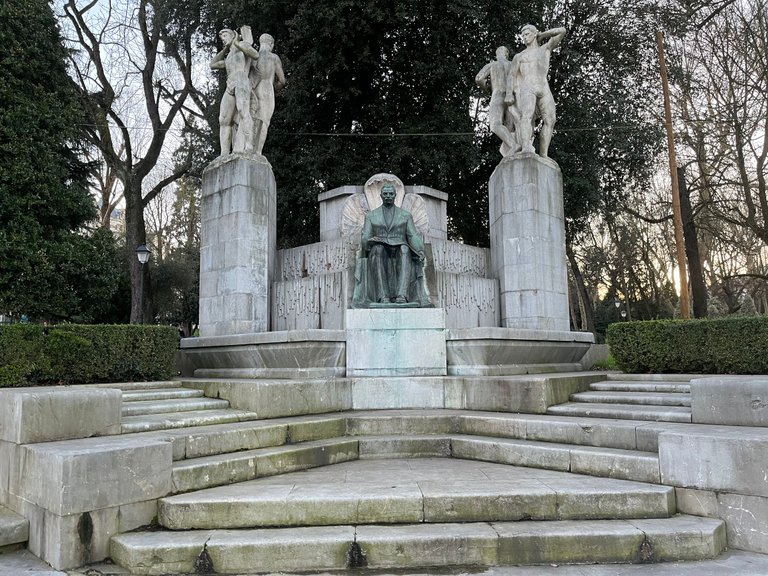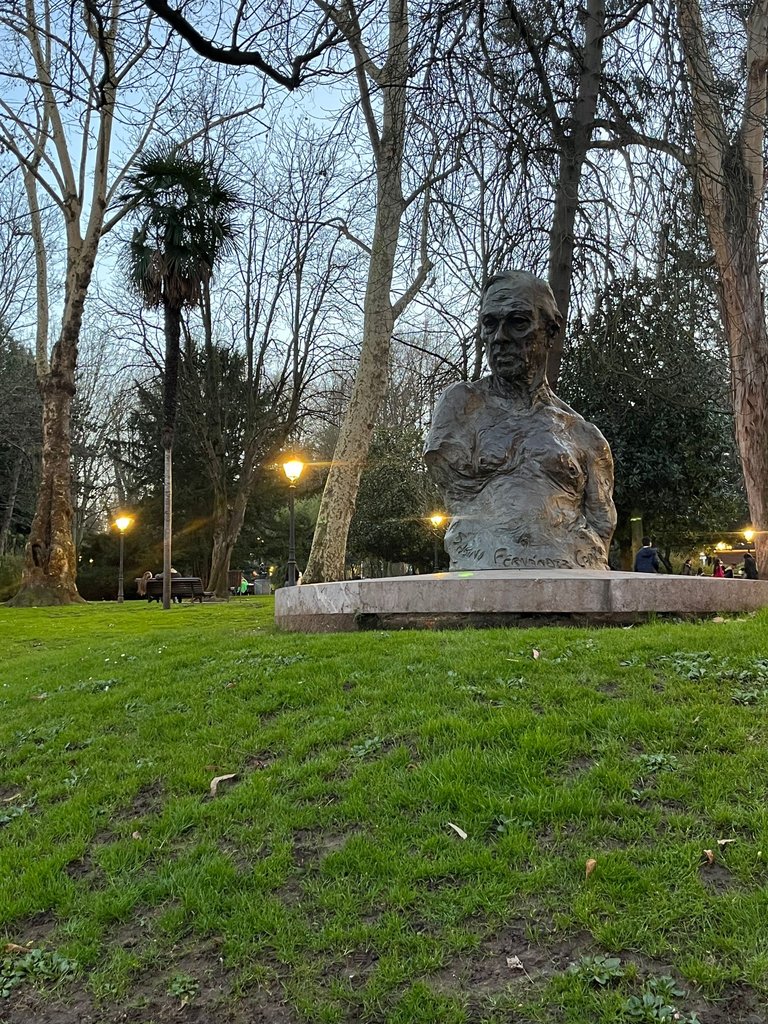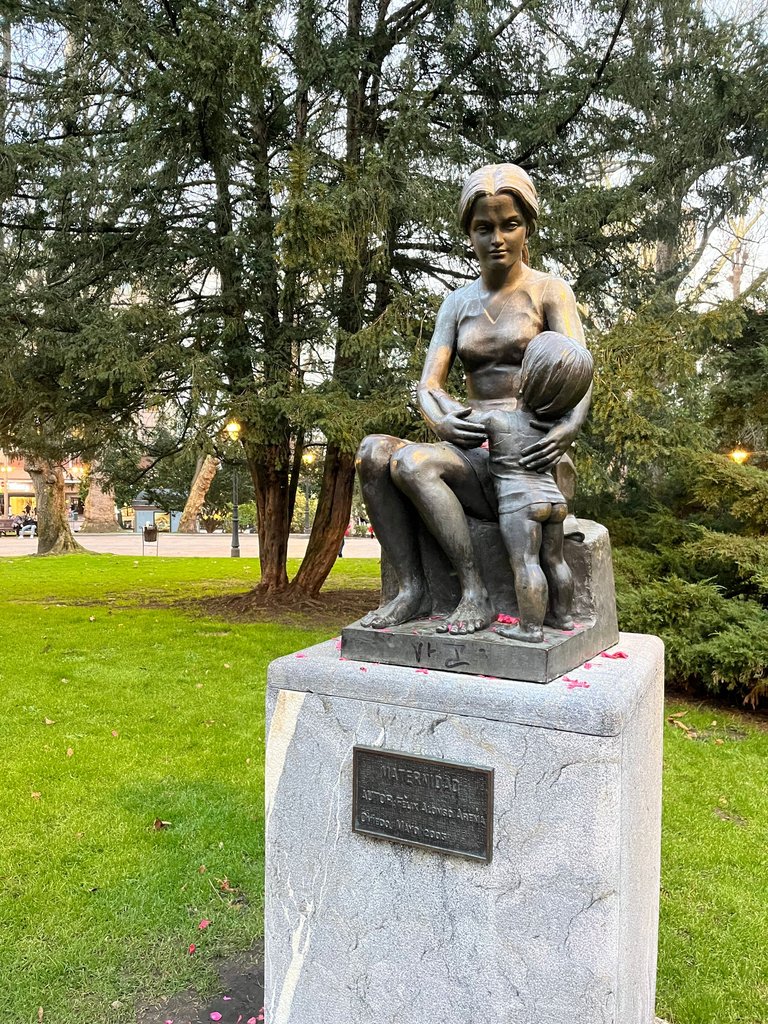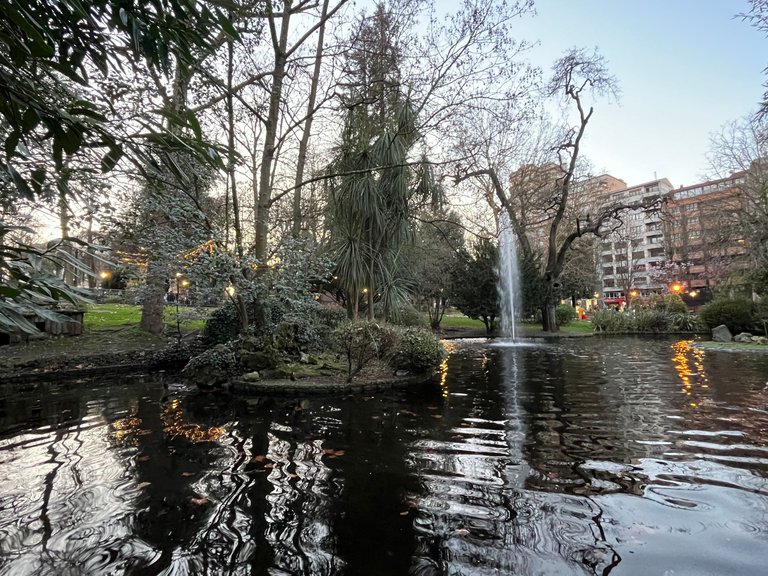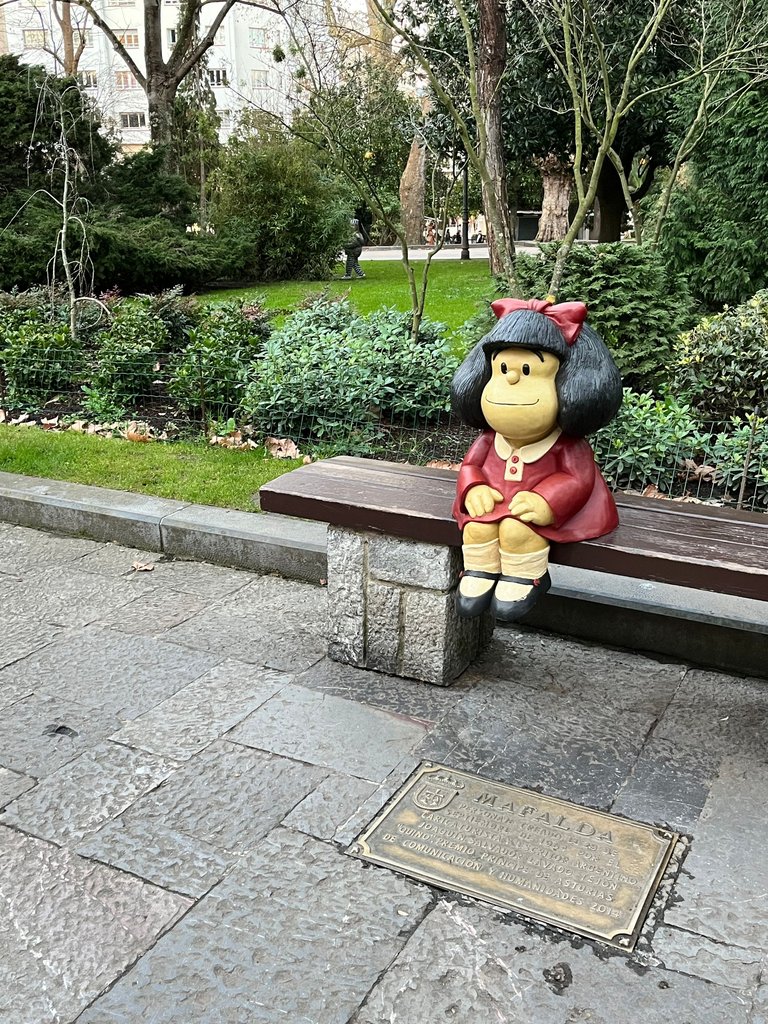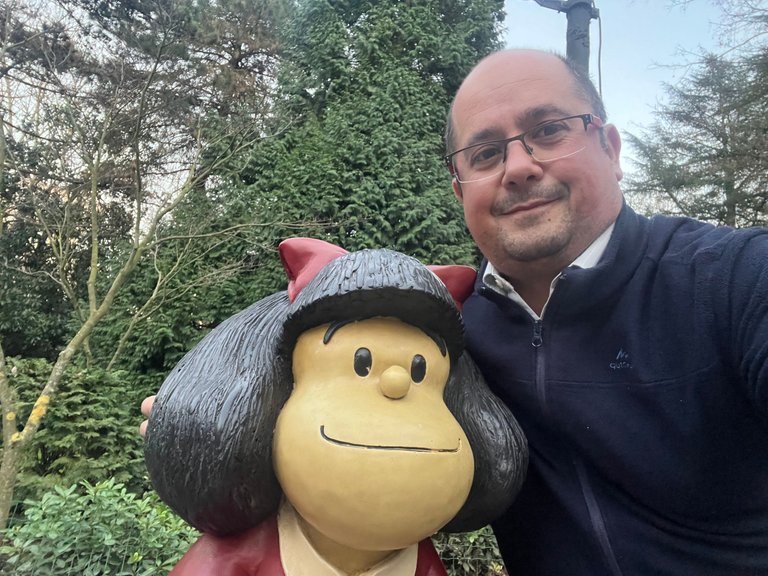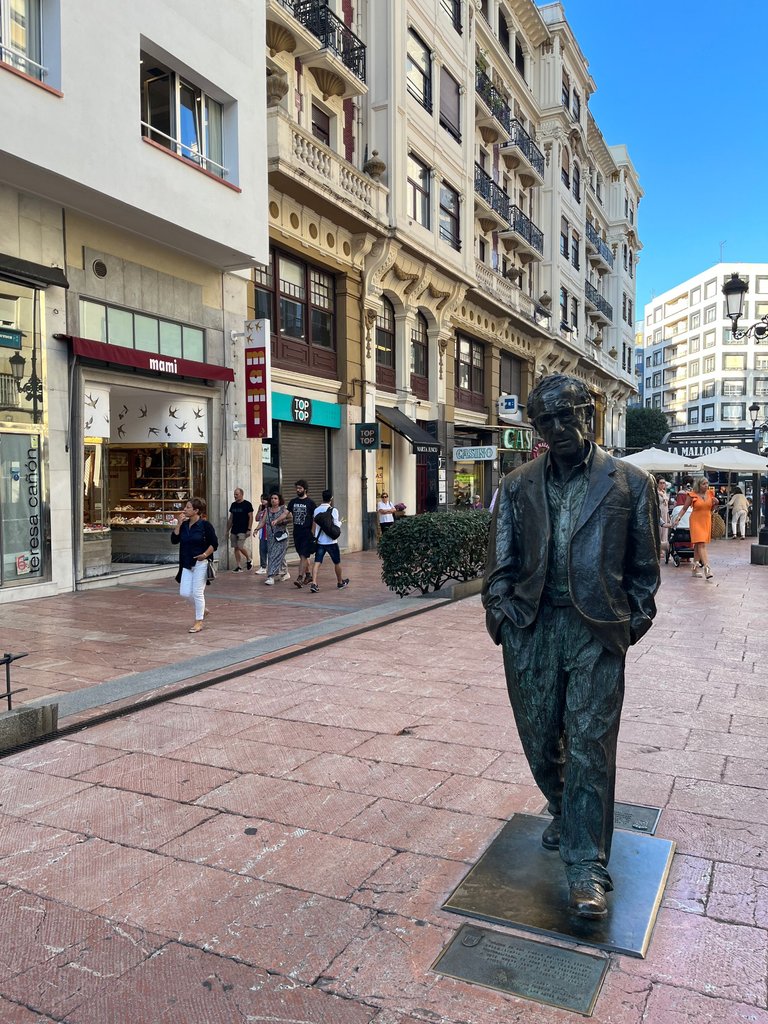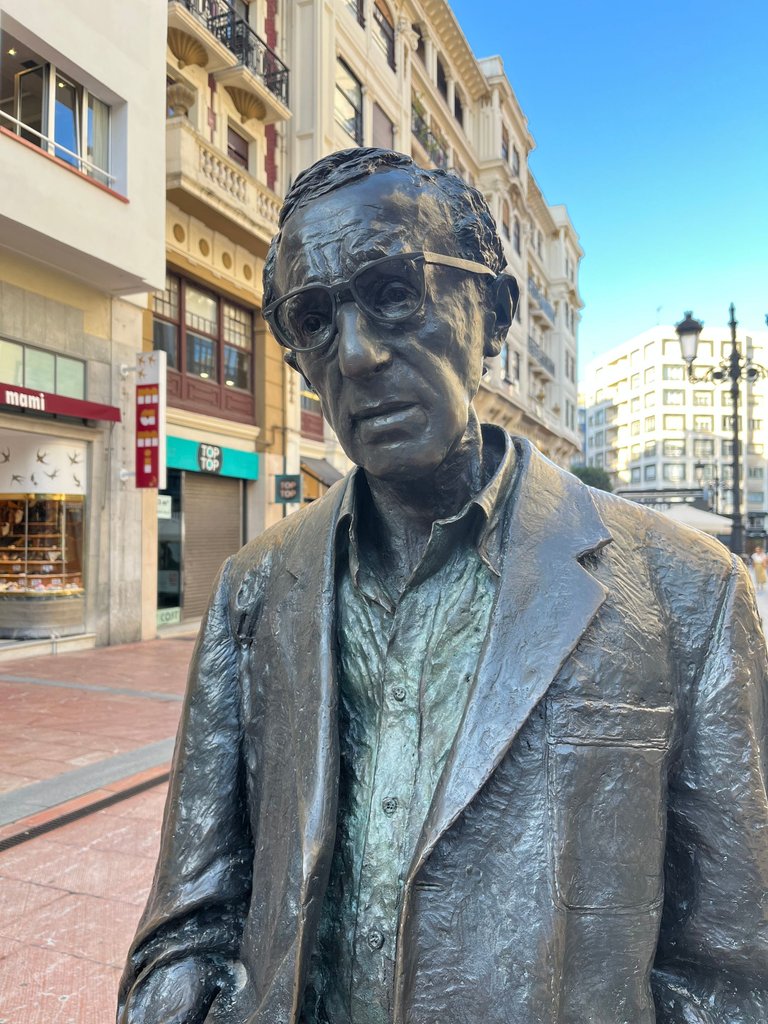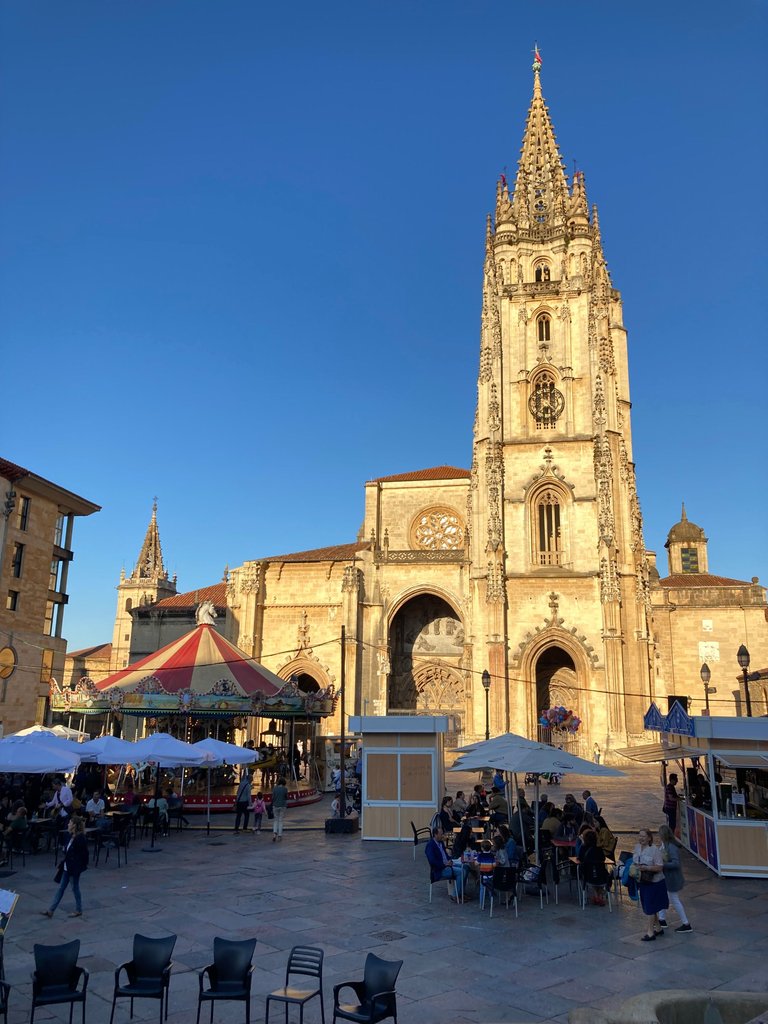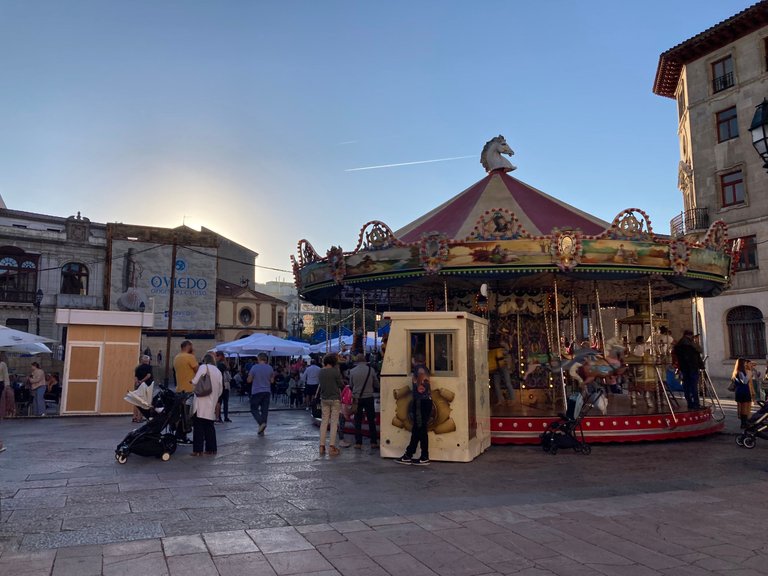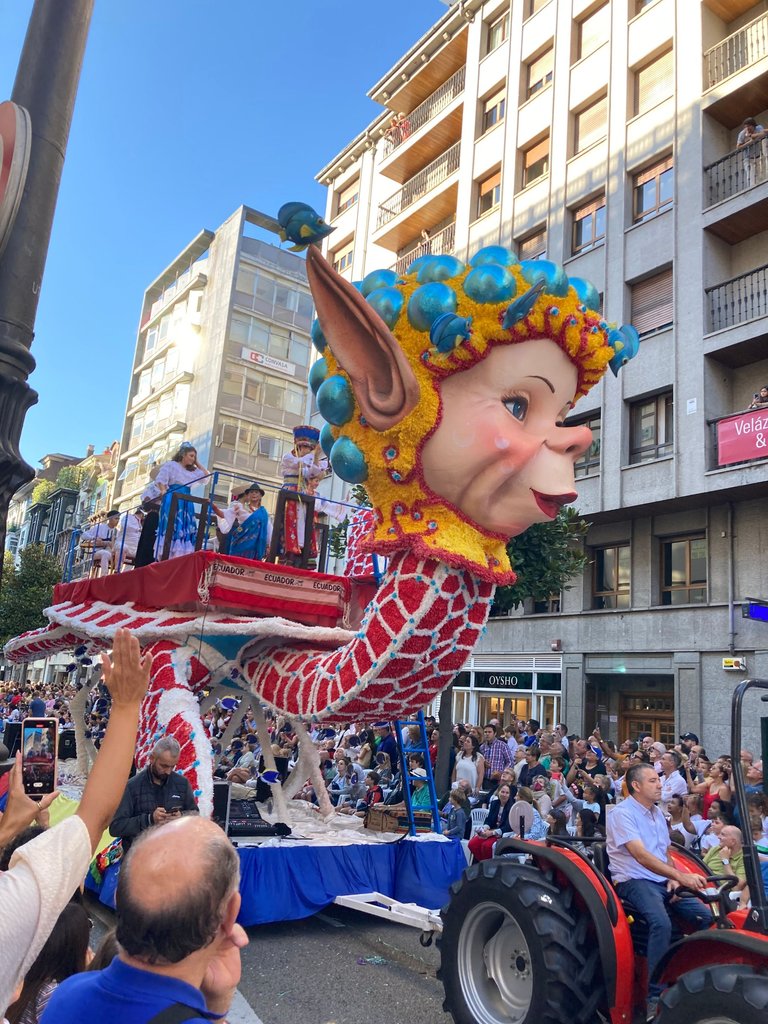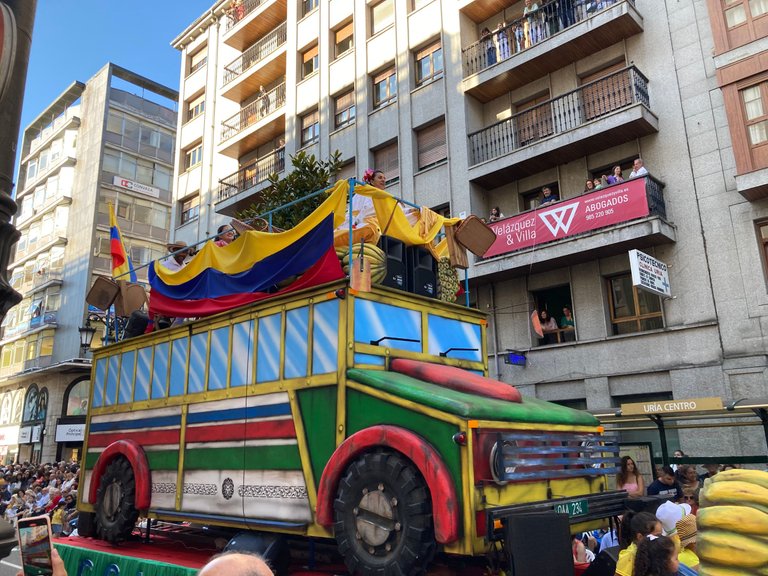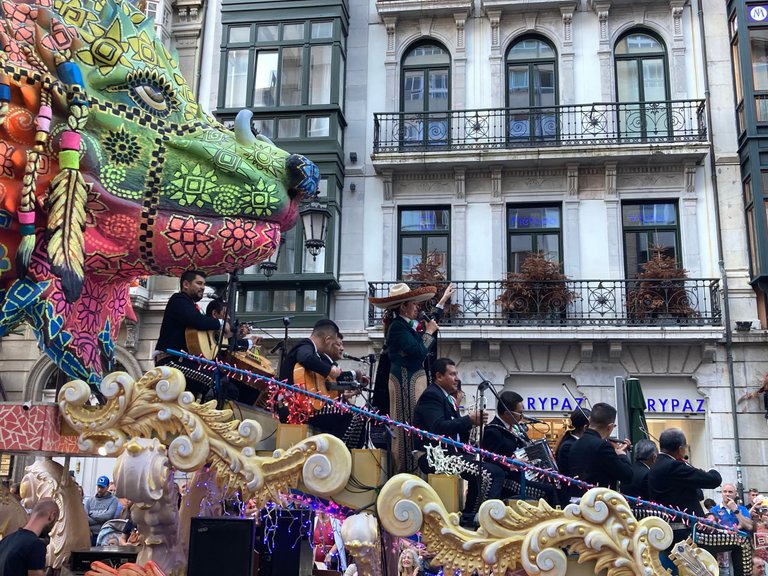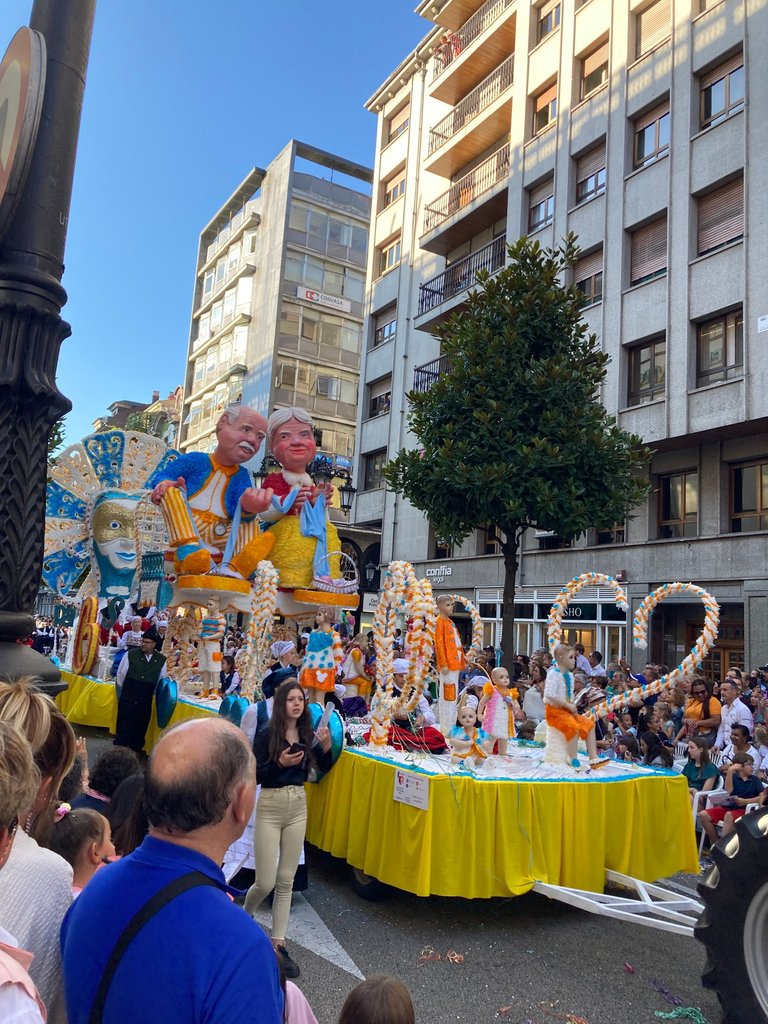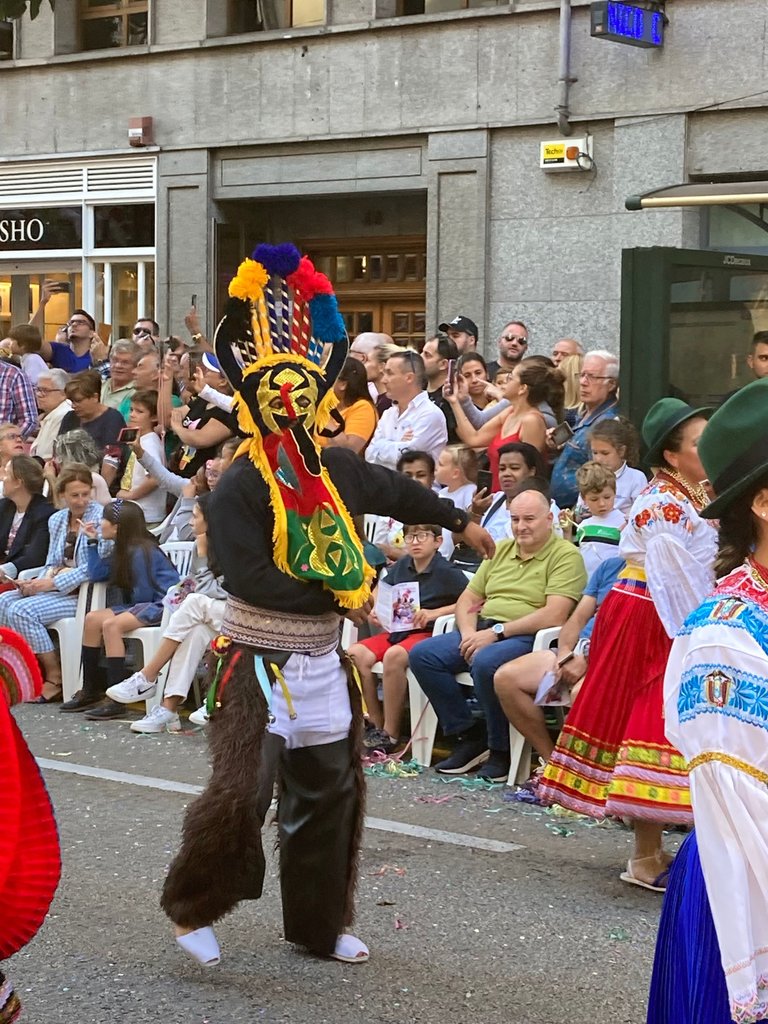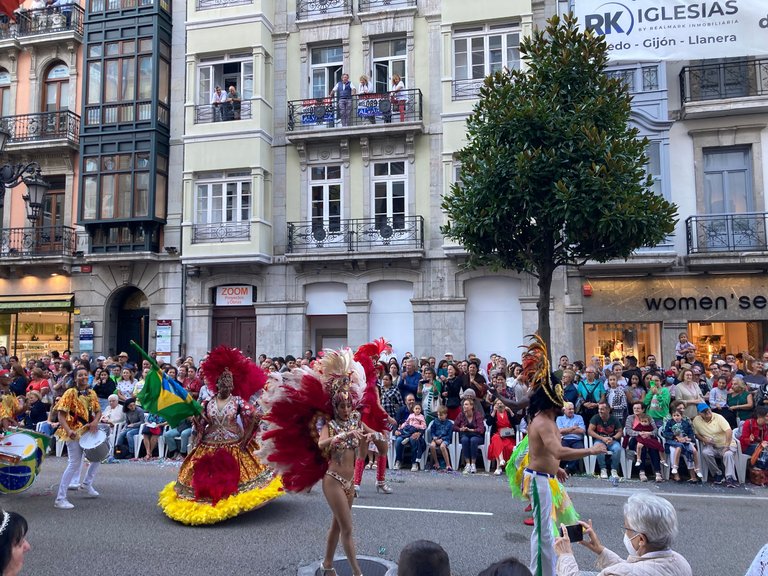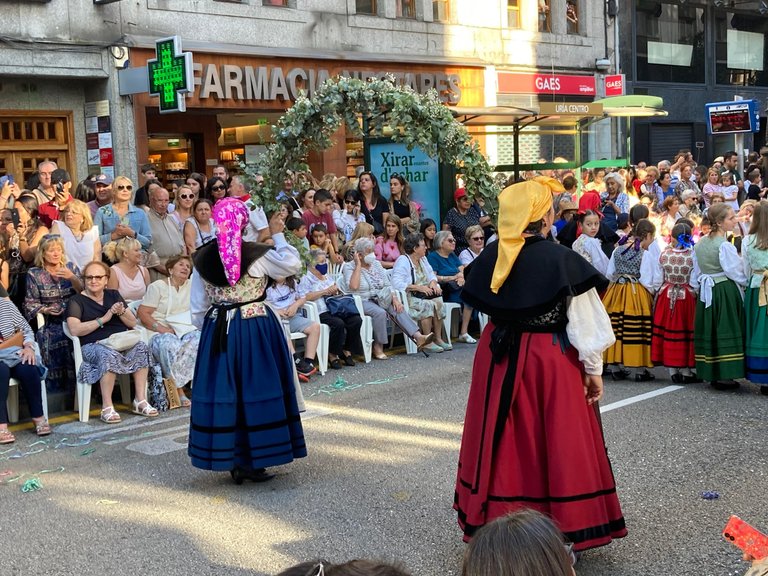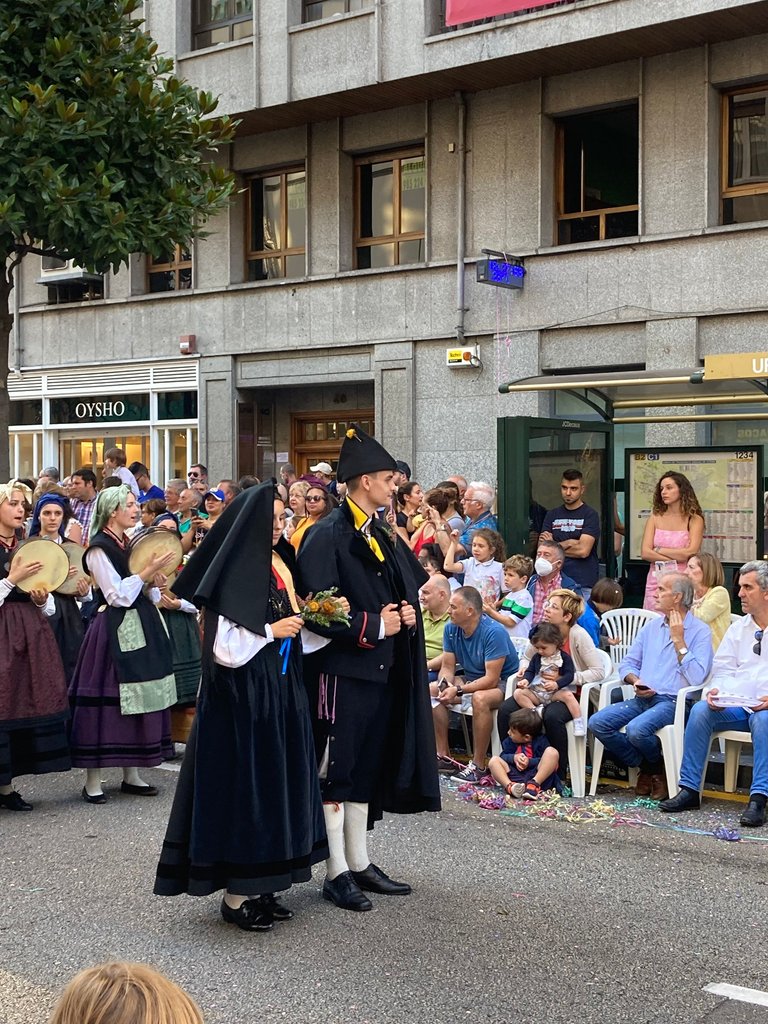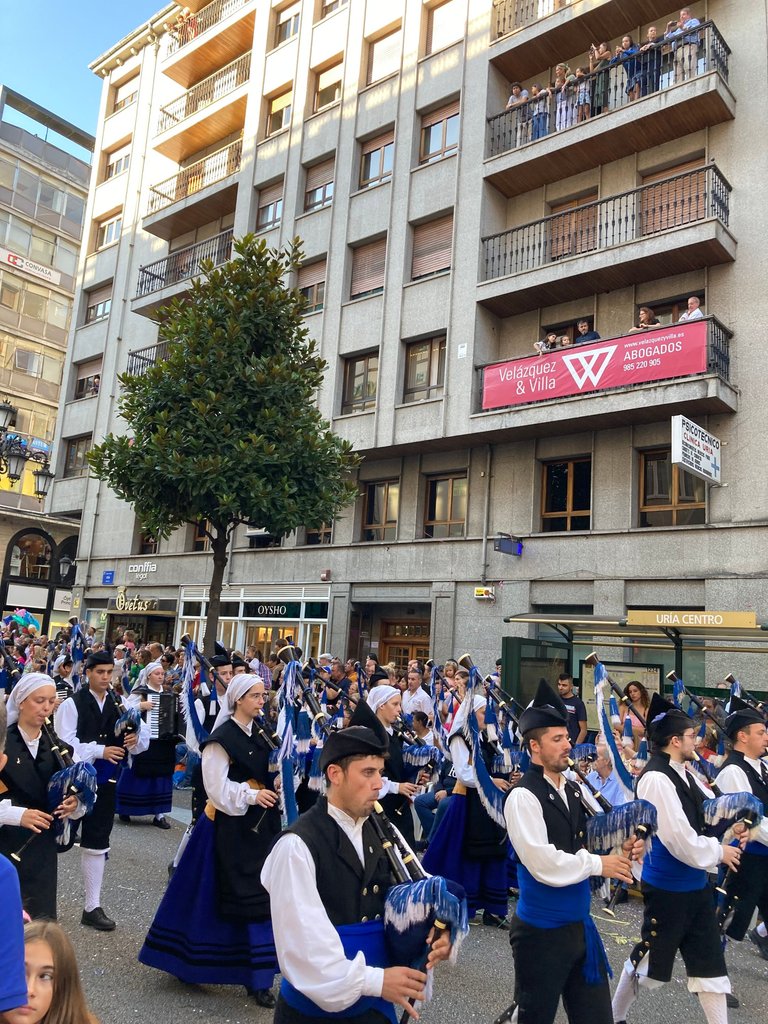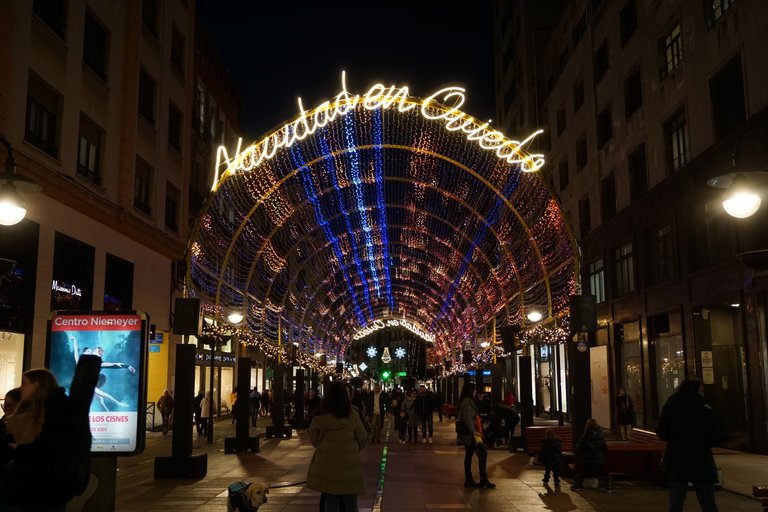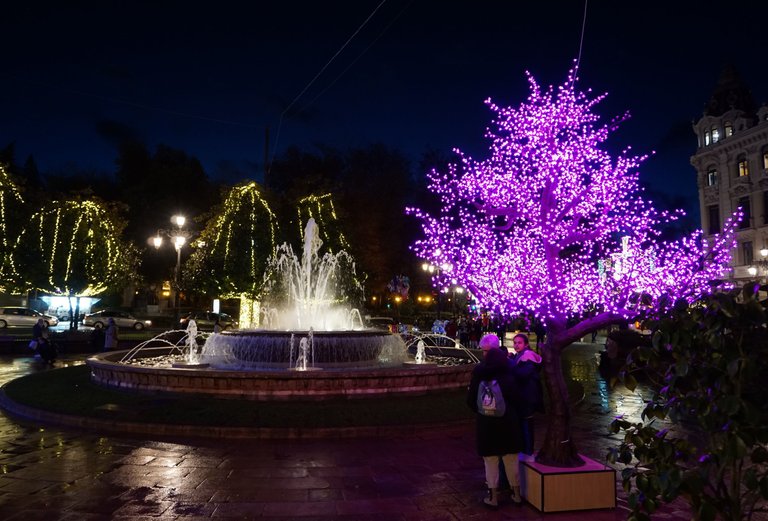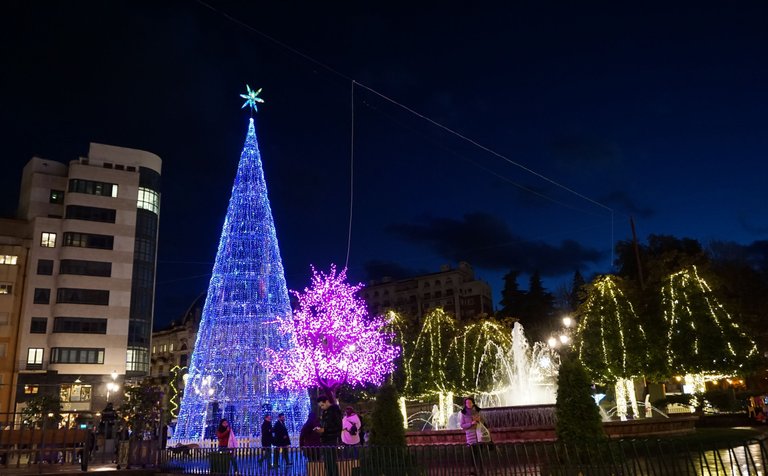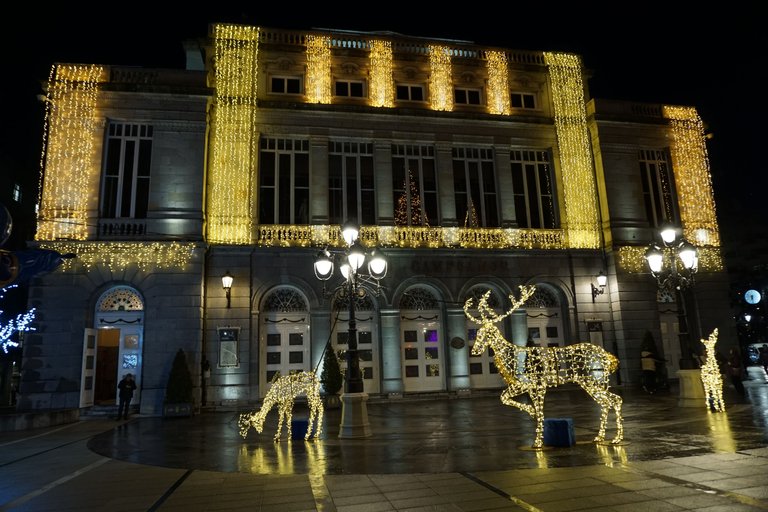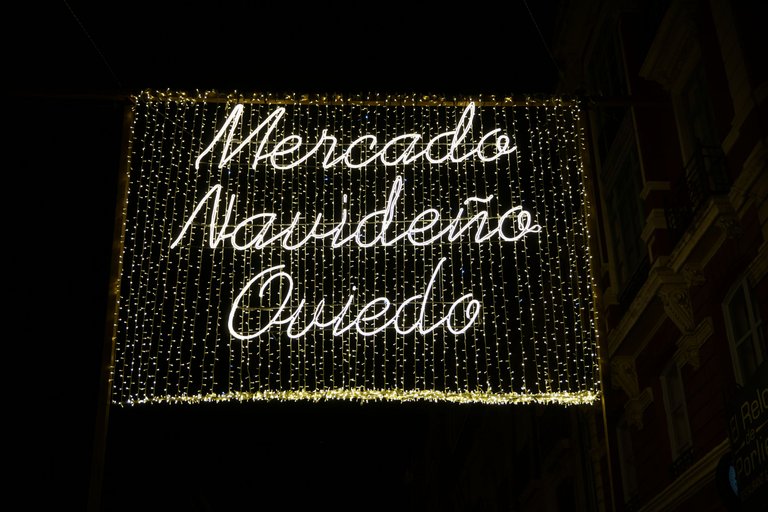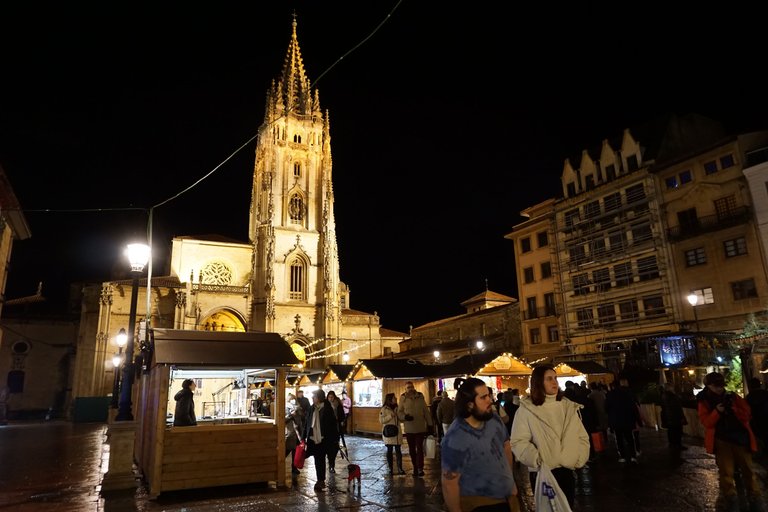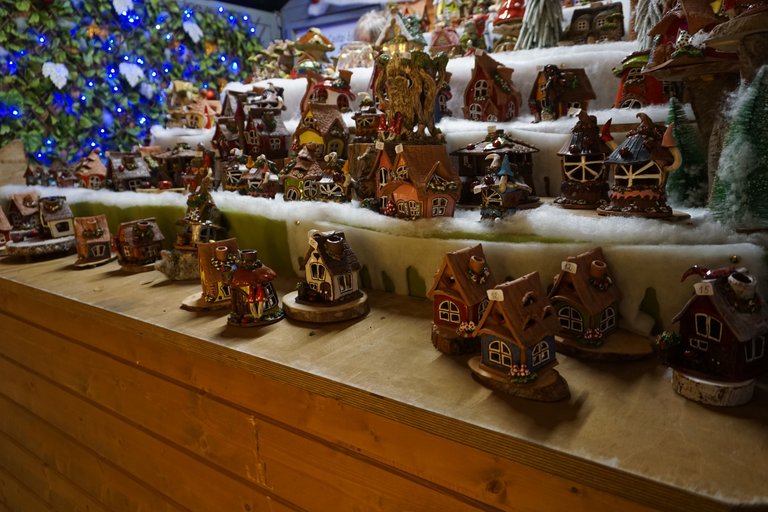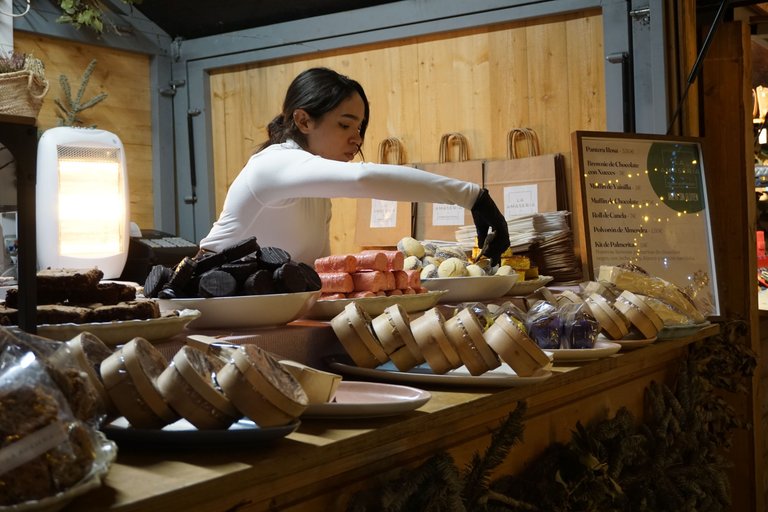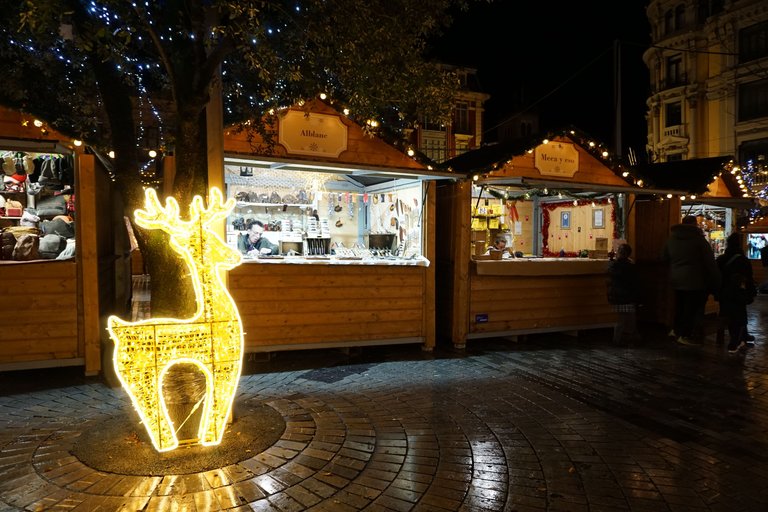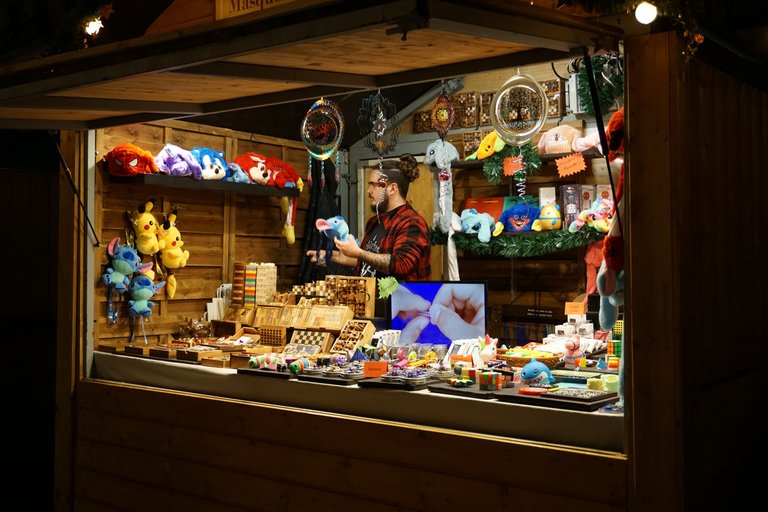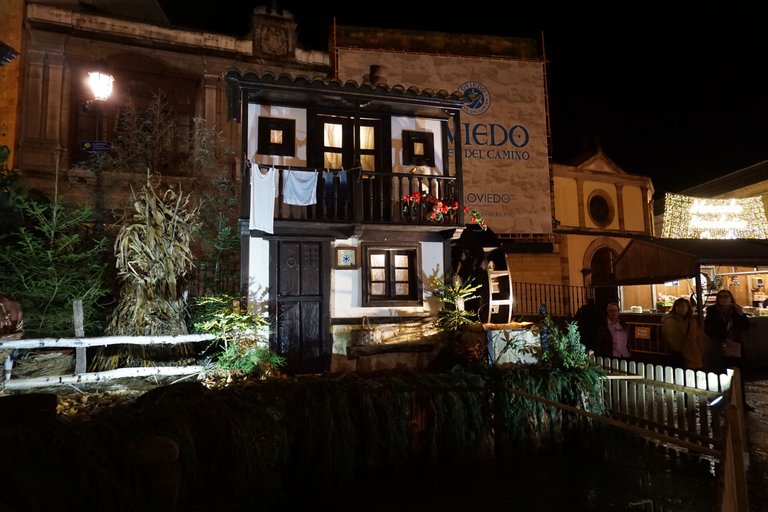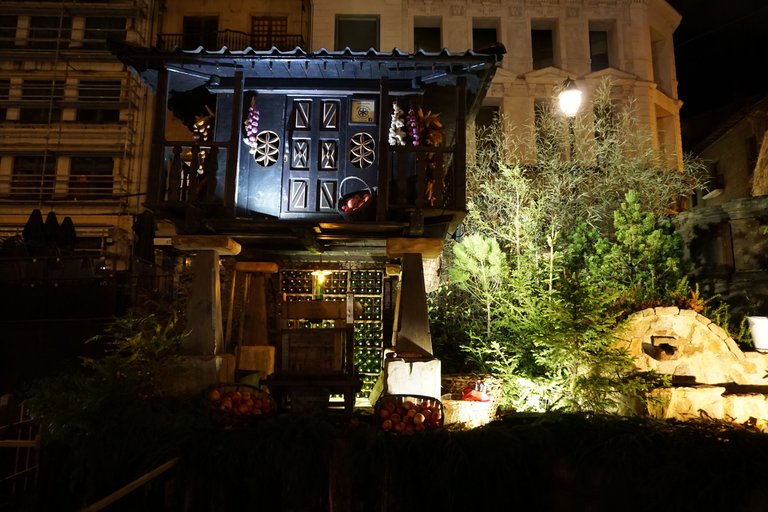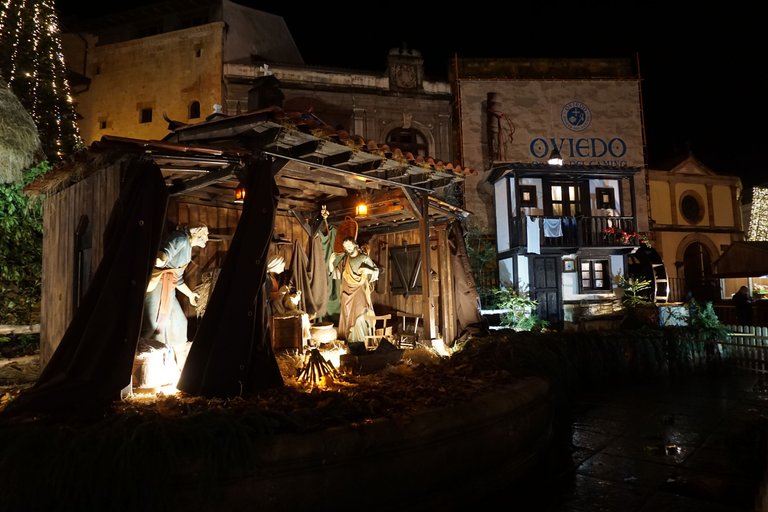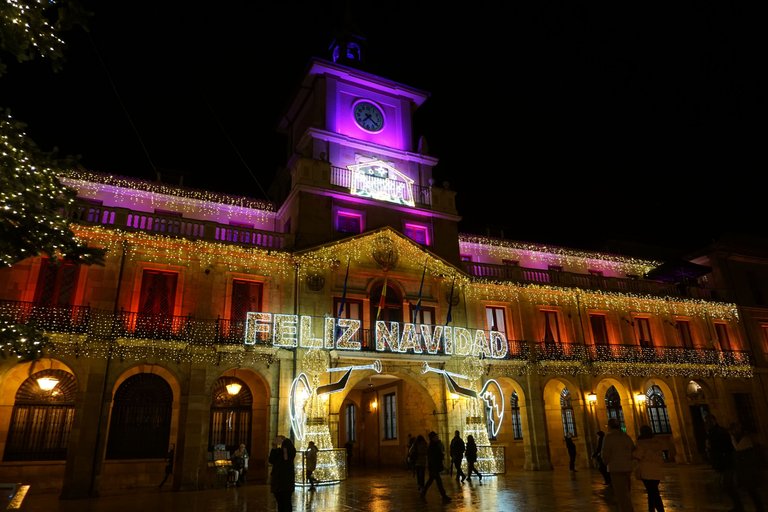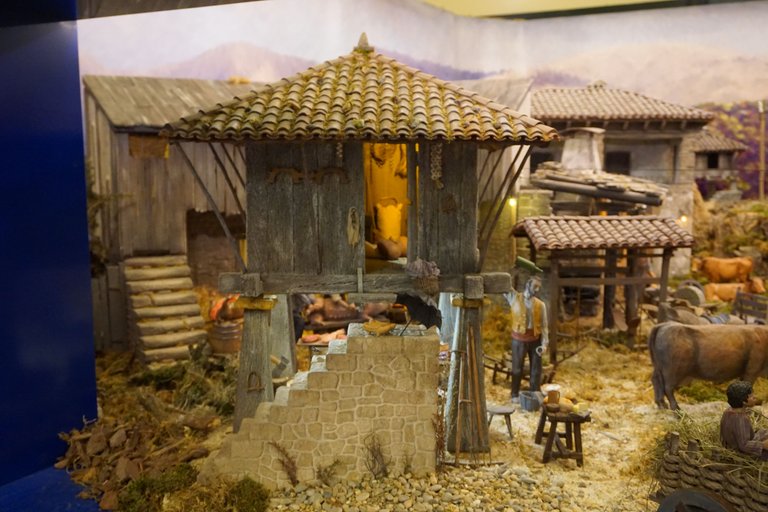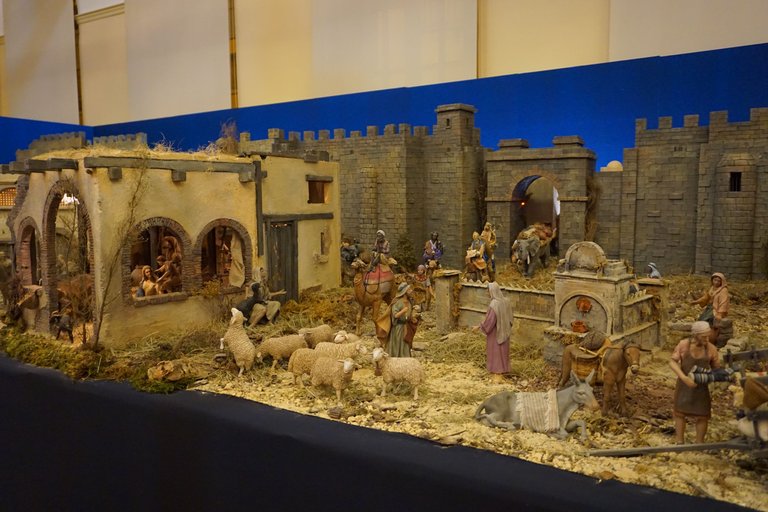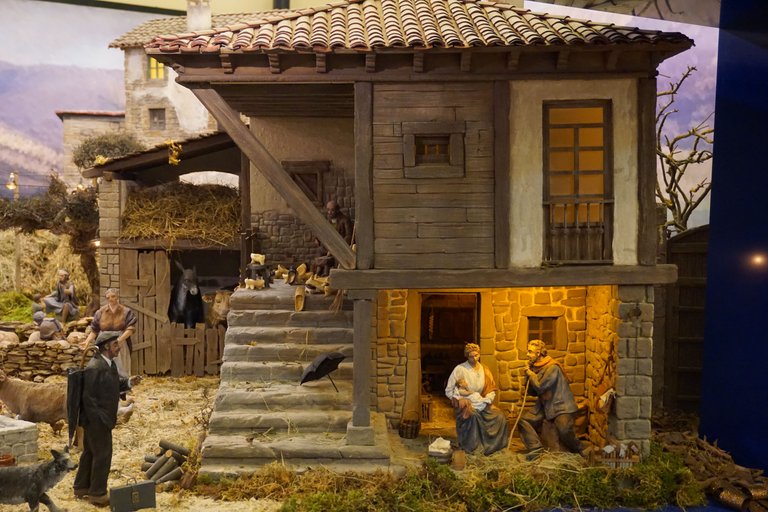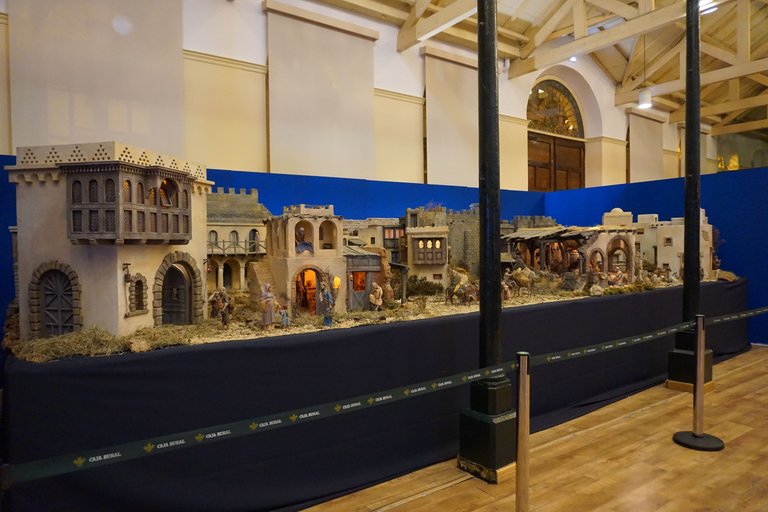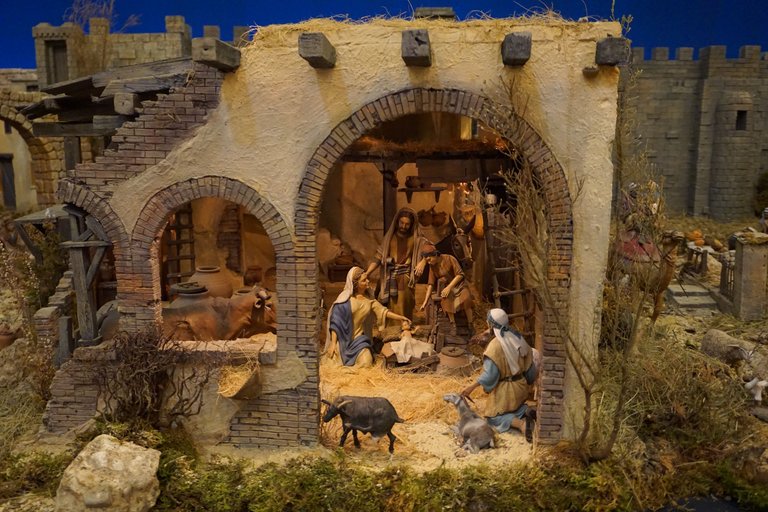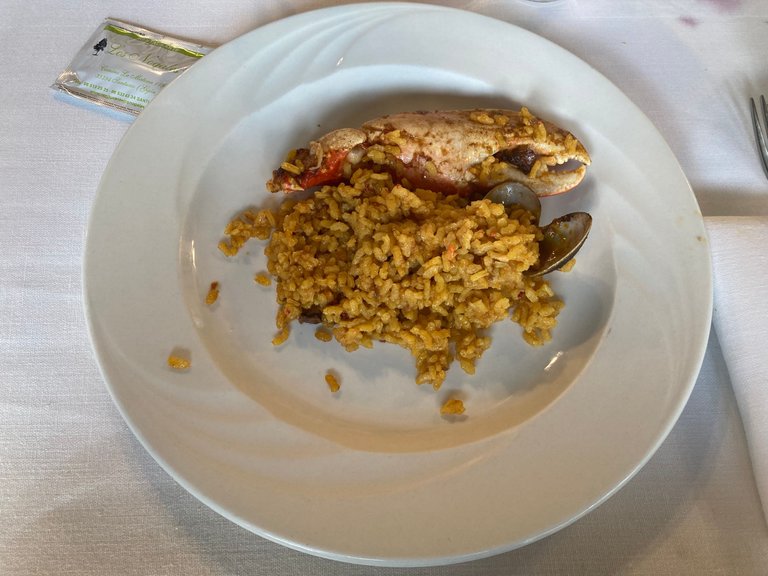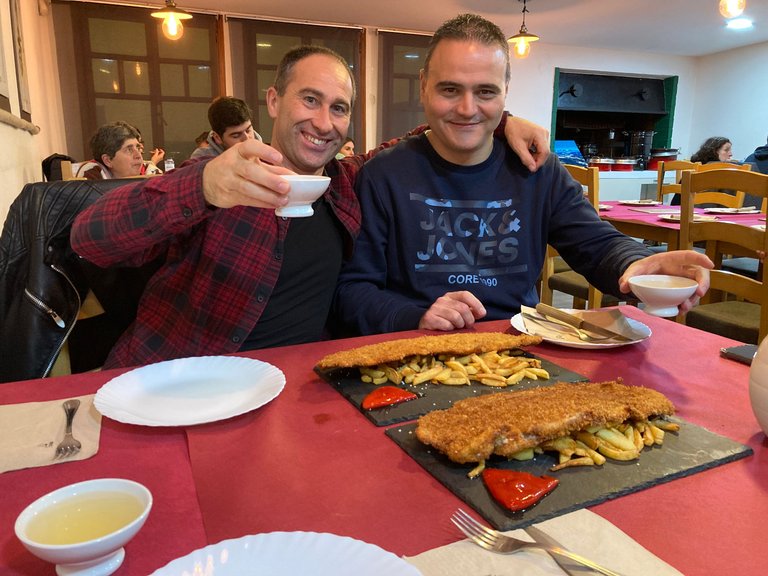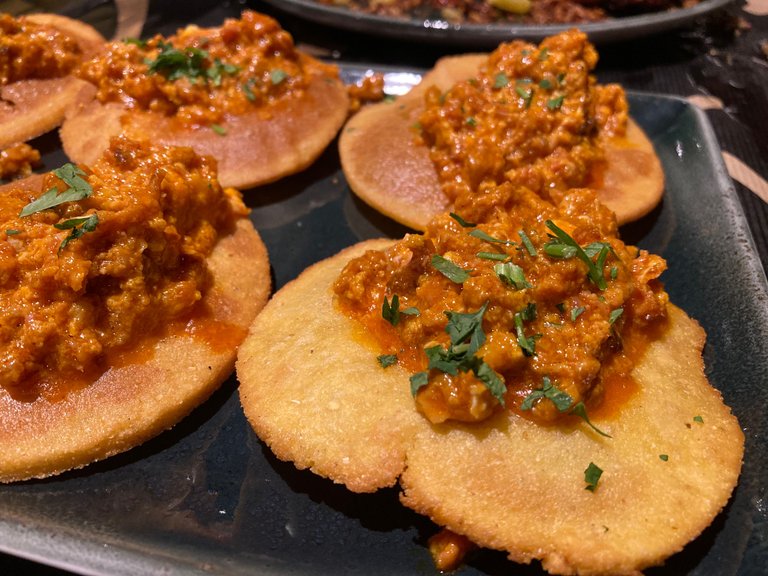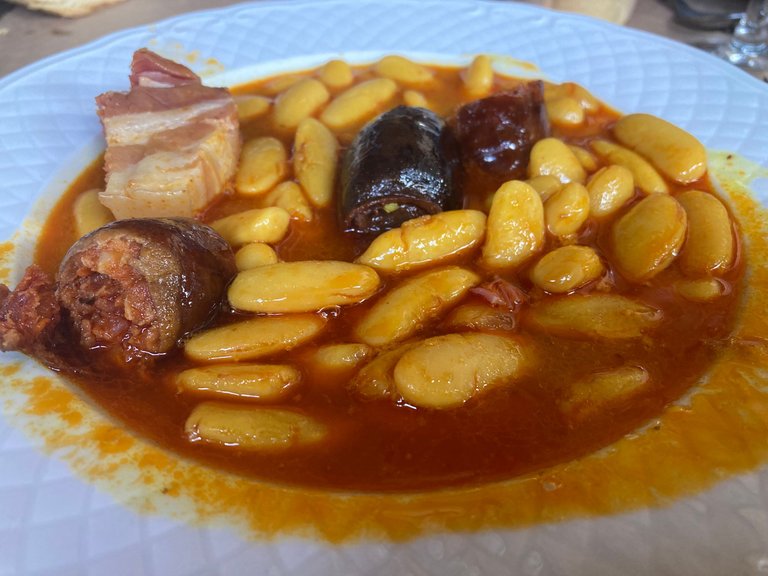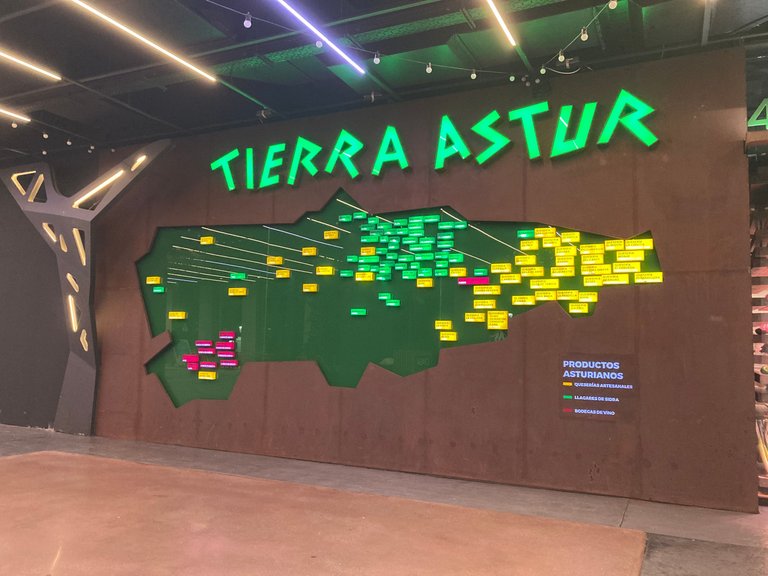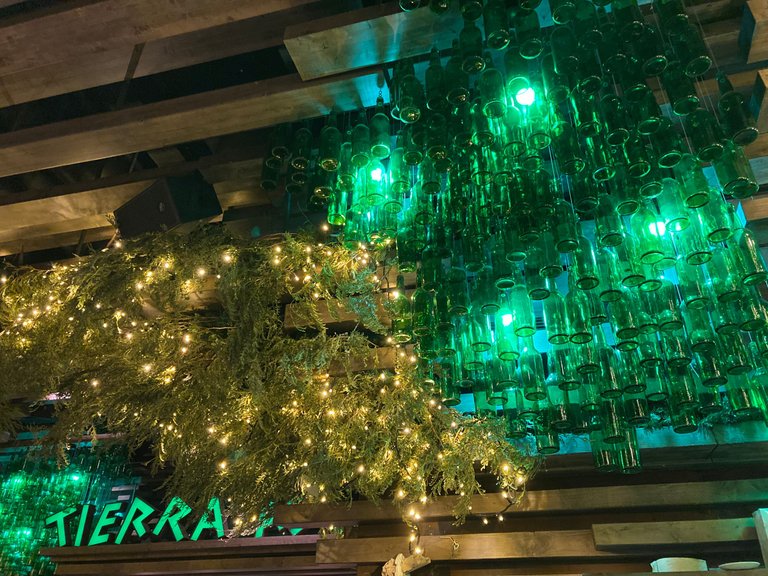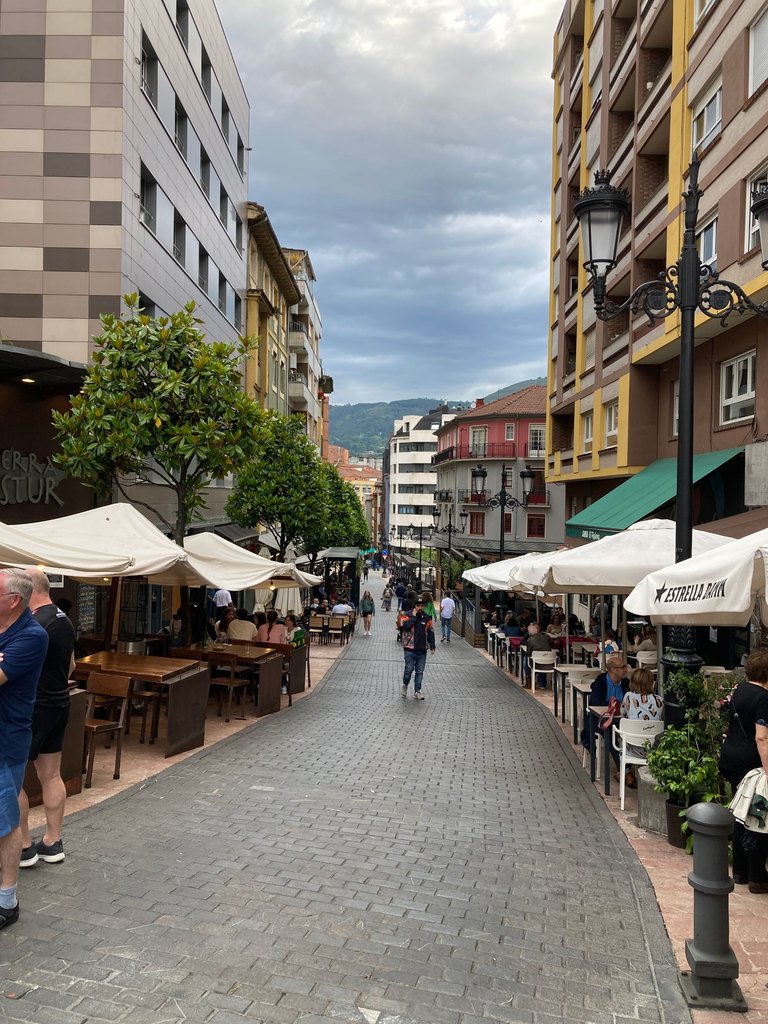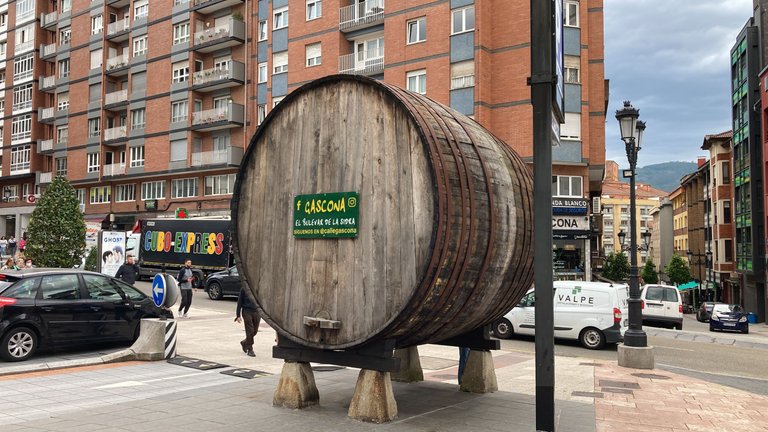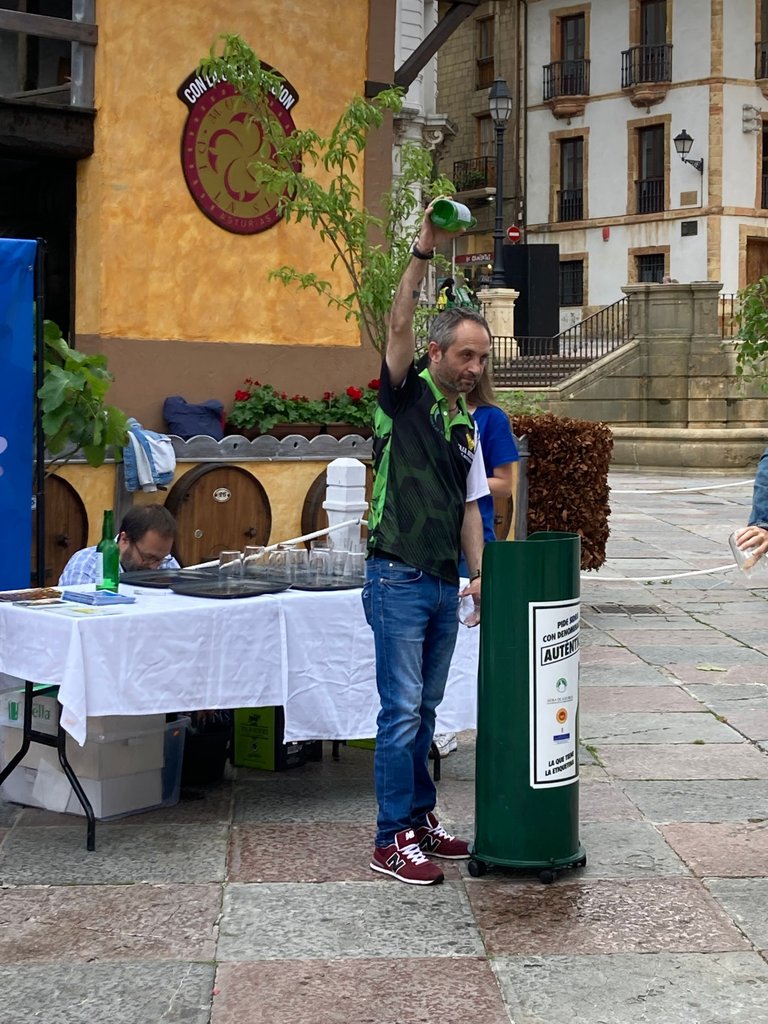Hello friends,
I am looking forward to the new year and hope it brings us a lot of health and happiness so that we can continue to enjoy life.
I am also looking forward to the end of the year to see the final standings of the #winterchallenge. It has been great to participate and read some fantastic posts over the last few weeks.
In my struggle to stay in the top 5 and seeing that every day there is more participation I wanted to put a final touch to my participation in #winterchallenge with a post that I have never managed to write about the city of Oviedo, because writing about a city of which you have 500 photographs, and you have so much to tell for some strange reason has always been complicated for me.
Therefore, I have decided to write this post as if it were a travel guide suggesting certain points of interest, recommended dates to visit the city for its patron saint festivities, which you can find at Christmastime and finally some culinary recommendations taking advantage of the fact that Oviedo during the year 2024 was the Spanish gastronomic capital.
What to visit in Oviedo
Oviedo is the capital of Asturias, situated in the north of Spain. It is not a very big city, but as with most Spanish cities its history goes back many centuries and as part of this history in the city you will find some real gems of art in the form of churches dating back to the early Middle Ages in what are called pre-Romanesque Asturian monuments.
San Julián de los Prados
The pre-Romanesque church of San Julián de los Prados is the oldest and largest of the remaining pre-Romanesque buildings.
It is located at the entrance to Oviedo if you enter the city from the freeway that connects it from Gijón.
Built during the reign of Alfonso II the Chaste (791-842), it was dedicated to San Julián and his wife Santa Basilica.
In the surrounding area, there is a large park where you can stroll and enjoy the tranquility of the outskirts of the city.
Recently, a promenade has been inaugurated in the vicinity with bicycle lanes and some equipment for free gymnastic practices.
At the end of this promenade, a viewpoint has been built, from which you can see the northern part of the power station over the lanes of the freeway.
San Salvador Cathedral and its surroundings
Right in the center of Oviedo, an iconic place for me is the square of the Cathedral of San Salvador and the Cathedral itself.
In this cathedral, which was built between the 13th and 15th centuries, there are several objects of great historical relevance for Christians and Asturians.
Among the relics housed in the cathedral's holy chamber we can highlight the cross of victory, symbol of Asturias, the cross of the angels, and the holy shroud, which is venerated as a relic used as a burial garment of Jesus of Nazareth.
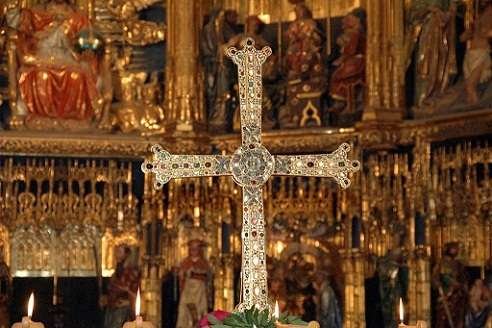
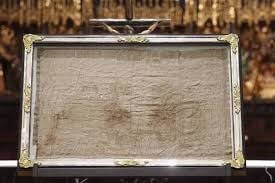
But outside the Cathedral the history continues, since annexed to the cathedral there is a small garden which is the garden of the warlord kings.
In this garden we can enjoy the sculptures of the 12 kings of the Asturian kingdom, from Pelayo to Ramiro II in a very well cared for environment.
But if this is not enough, to visit the Cathedral Square, in the corner furthest from the cathedral, we find one of the most iconic statues of the city, La Regenta.
La Regenta is a novel by Leopoldo Alas Clarin, a 19th century writer who set the novel in a fictitious city called Vetusta which in reality was the city of Oviedo, which is why Oviedo is also known as Vetusta thanks to this novel.
Campoamor Theatre and Squares
Very close to the cathedral and continuing with the names that Oviedo and the people of Oviedo are known by, I would like to tell you that the people of Oviedo are also called Carbayones (Oak in Asturian).
The story comes from the fact that in the past a large oak tree was planted in the center of the city, and so the inhabitants began to be called ‘carbayones’.
Well, that oak tree does not exist nowadays, but at the back of the main theater of the city, in the Carbayo Square, there is an oak tree that symbolizes this common union in the name that we Ovetenses receive.
The place where it is planted is ideal, in the heart of the city, which is also the nerve center every October during the Princess of Asturias Awards Ceremony in the wonderful Campoamor Theatre.
With its ballerina as the main sculpture. But even more striking is the large monument to the ass near the theater.
San Francisco Park
In terms of green species in Oviedo, there are several impressive parks to stroll through that are always very well-kept.
In fact, Oviedo has been one of the cleanest cities in Europe for years.
From the Campoamor Theatre to the San Francisco field we only have to walk 200 meters and I recommend you to go first to the Escandalera square, where you will find another of the mythical statue of the city, the Motherhood by the sculptor Fernando Botero.
The largest and most extensive park is the San Francisco Park, where you can walk in the shade of the sun thanks to the large trees in the park.
We can also marvel at the multitude of statues of all kinds.
With ponds and their corresponding ducks.
But my favorite place in the park is Mafalda's bench. There is no tourist visiting the city who doesn't want to be photographed with her.
The reason for the installation of this statue was due to the awarding to the author of Mafalda (Quino) of the Princess of Asturias prize a few years ago.
As well as other illustrious award winners who have maintained a close relationship with the city, such as Woody Allen.
Festivities of San Mateo and America's Day in Oviedo
But without a doubt, the best week to visit Oviedo is during its big week, which coincides with the festival of San Mateo (21 September).
During the 10 days prior to 21 September, the city is full of concerts and cultural activities of all kinds.
But without a doubt, my favorite day is 19 September, when Oviedo celebrates America's Day.
On this day there are parades of floats from the different cultural associations of the city.
Where the different Latin American immigrants parade with their floats, they cheer us up with their dances and traditions.
It mixes with the popular Asturian culture.
And it is a moment of endless fun for children and adults.
Christmas time
Christmas in Oviedo, as in other large Spanish cities, is concentrated in the most important squares of the city, such as the Campoamor Theatre Square and the Escandalera Square.
In the Cathedral Square there are Christmas markets where you can buy typical Asturian products and Christmas decorations.
There is also a large Nativity Scene with references to Asturian culture, showing the patron saint of Asturias, the Virgin of Covadonga, in an area of this peculiar Nativity Scene.
The town hall square is also decorated for the occasion, and very close by there is a large exhibition of nativity scenes.
Shopping centers are also decorated, such as the shopping center at the entrance to Oviedo, where a large tree is placed.
Spanish Gastronomic Capital 2024.
As I mentioned at the beginning of the post, Oviedo is the Spanish gastronomic capital of this year 2024, which is about to end.
I am not surprised by the choice because those who know Asturias know that food at a good price will not be lacking.
Being a region with mountains and sea, we can enjoy a variety of fish dishes such as hake or cod in cider or rice dishes with seafood.

But pork and veal are the star dishes, such as cachopo (two veal fillets stuffed with ham and cheese in batter) or tortos con picadillo (fried corn cakes filled with fried sausage or accompanied by beaten egg).
But fabada is the most traditional dish.
There are plenty of places to enjoy these delicacies in Oviedo, but my recommendation for the excellent quality and prices is the Terrastur Restaurant, of which you can find 3 in the central streets of Oviedo.
The main gastronomic street is Gascona Street, where the restaurants/cider bars are concentrated.
If you don't know it, cider is our typical drink made from apples, and together with the peculiar way of serving it, it has recently become part of the World Heritage.
Best regards and happy 2025.

